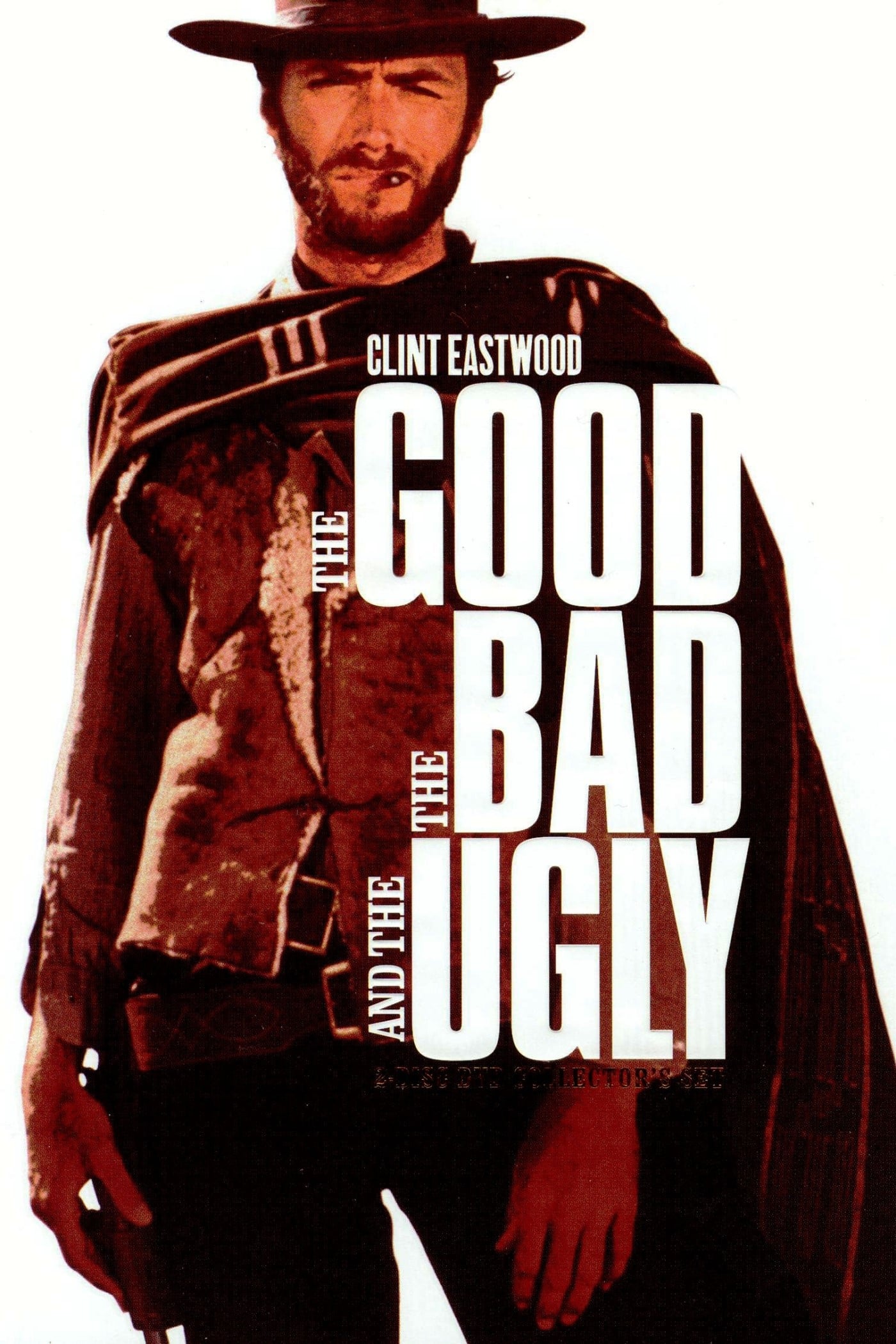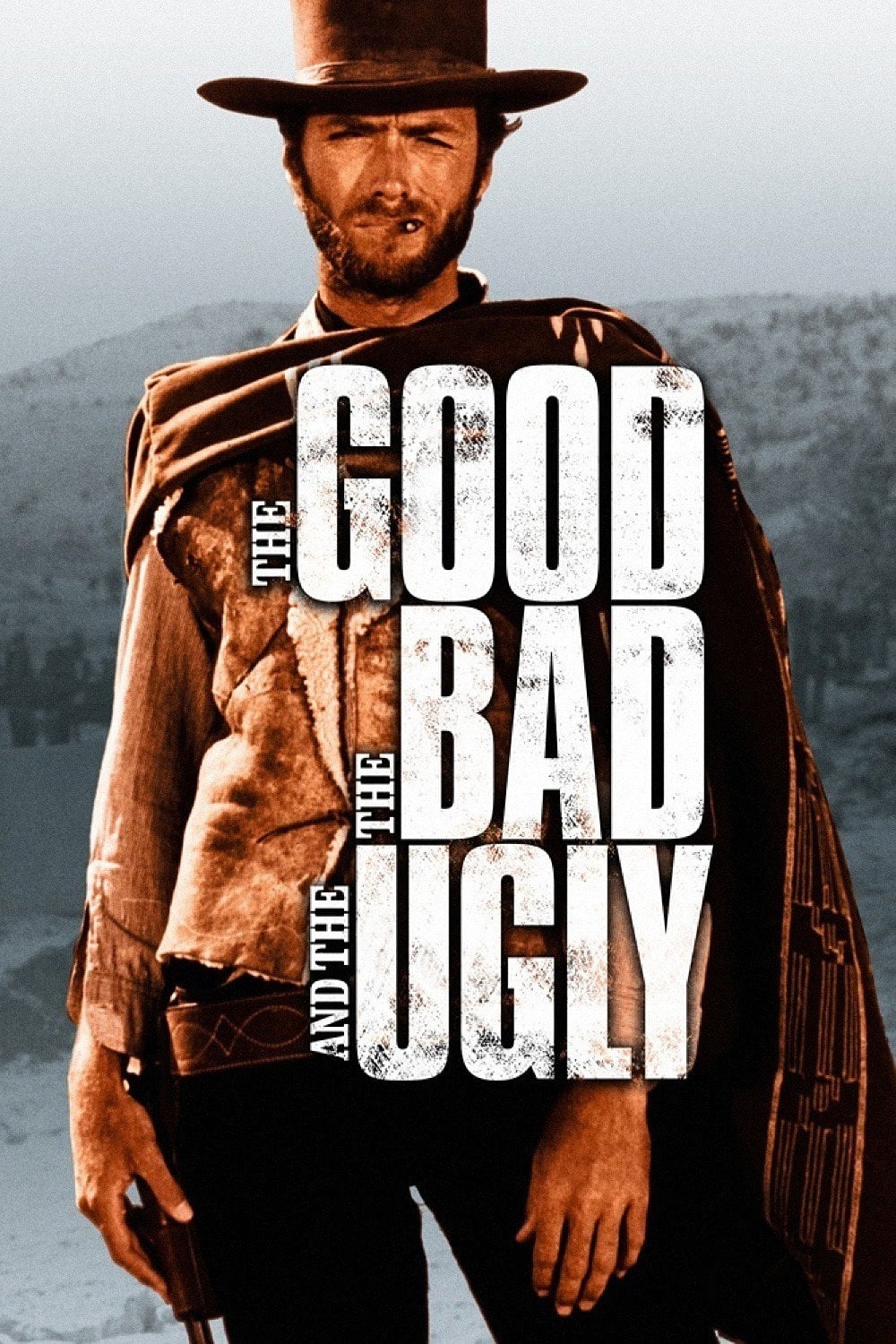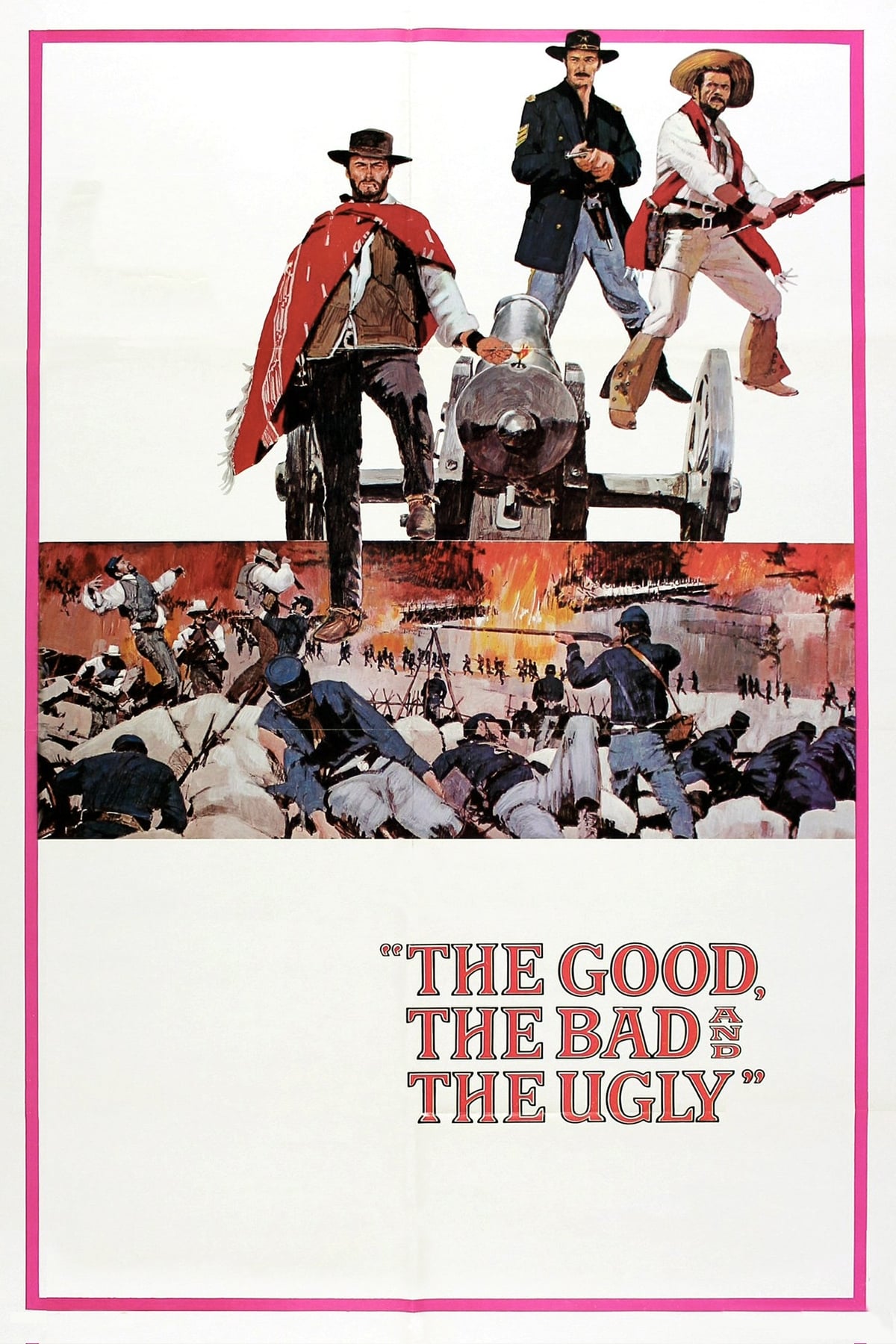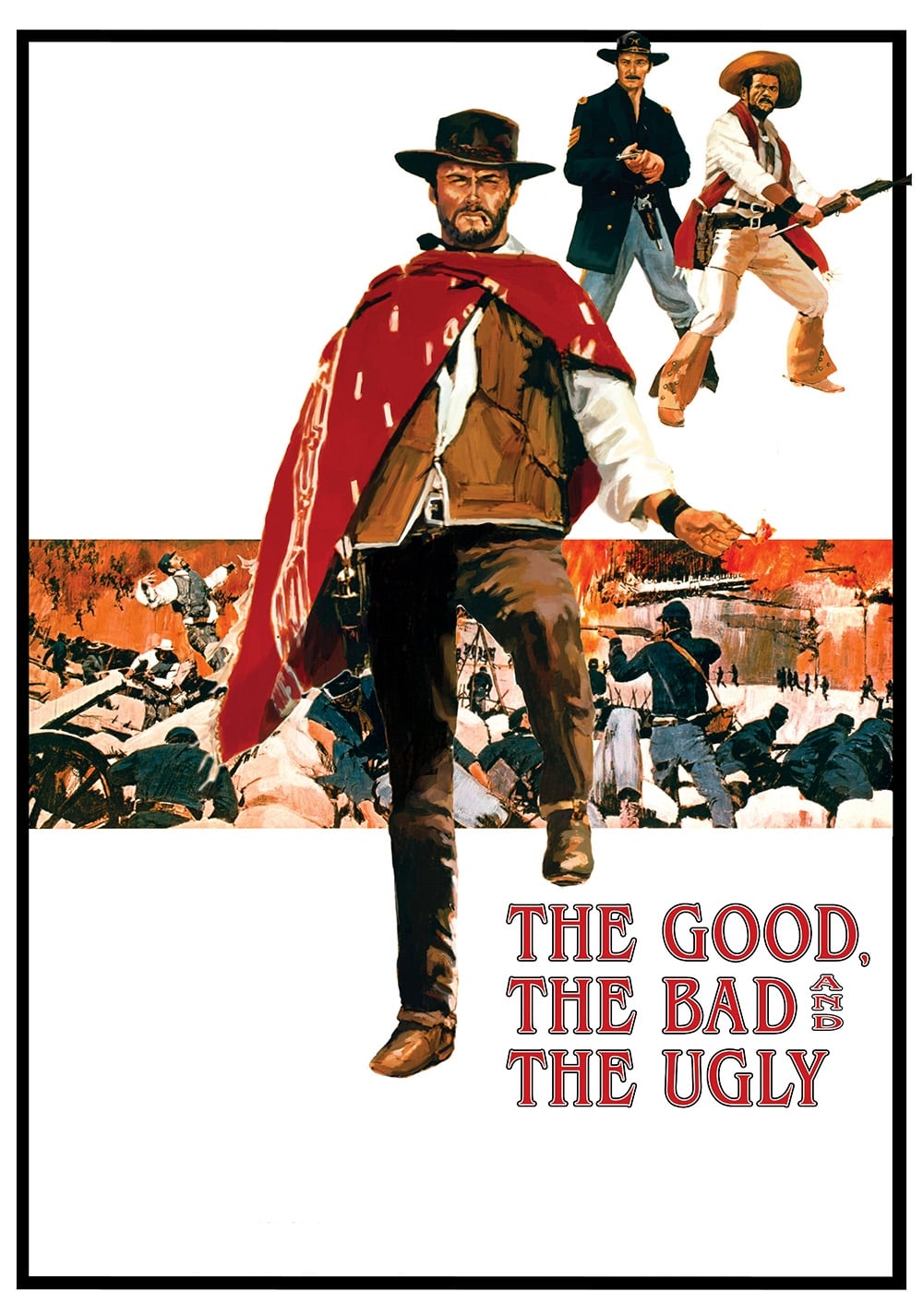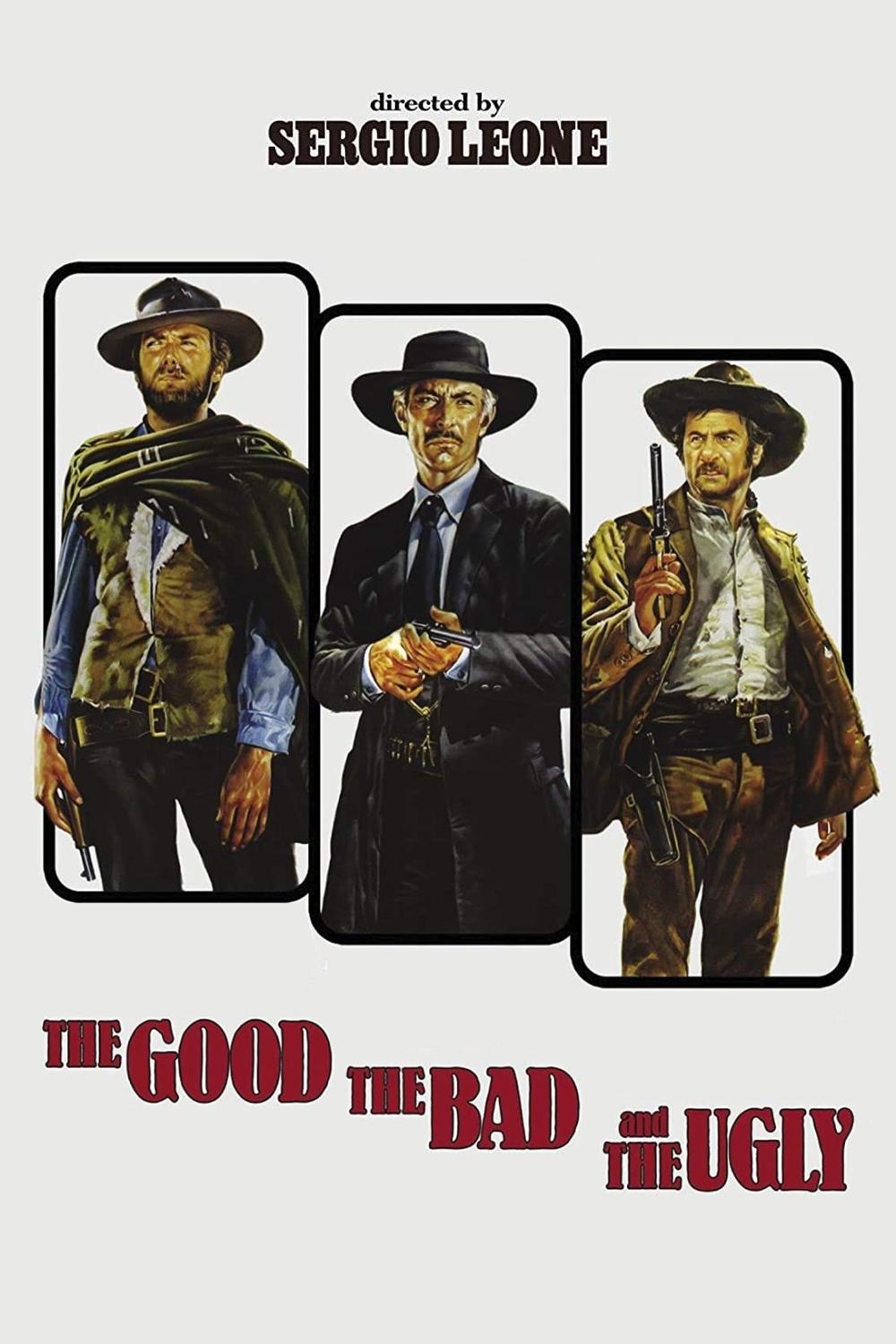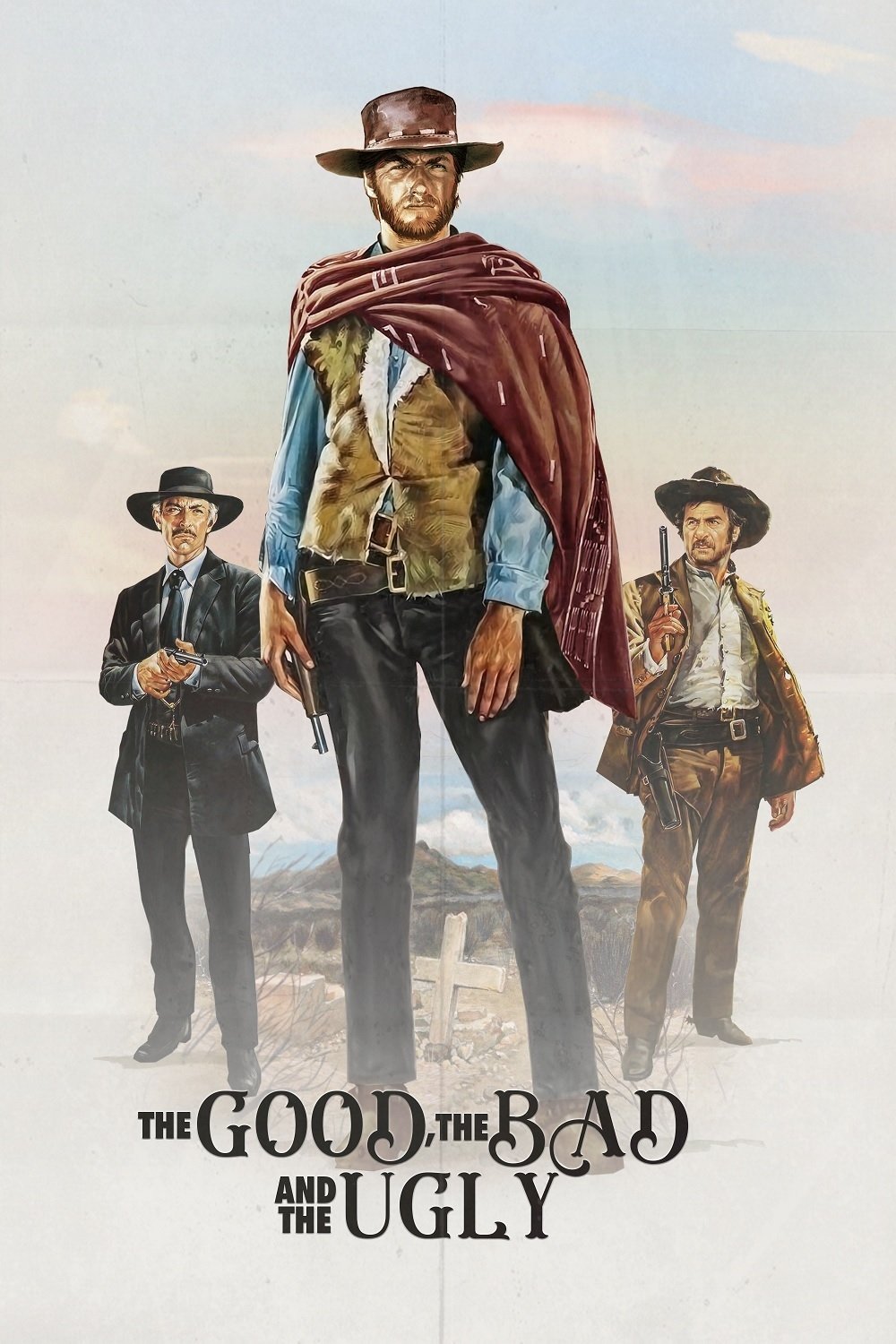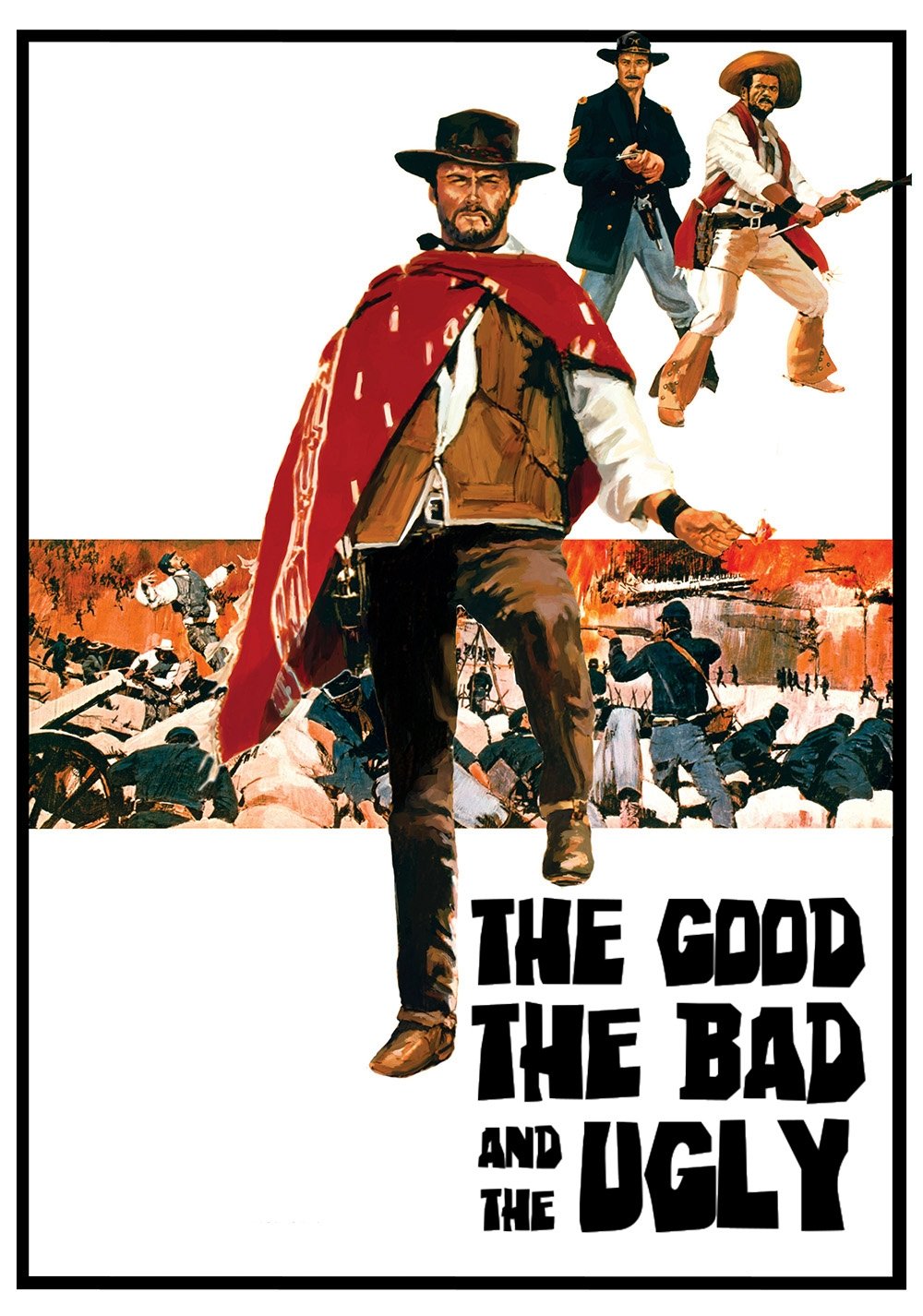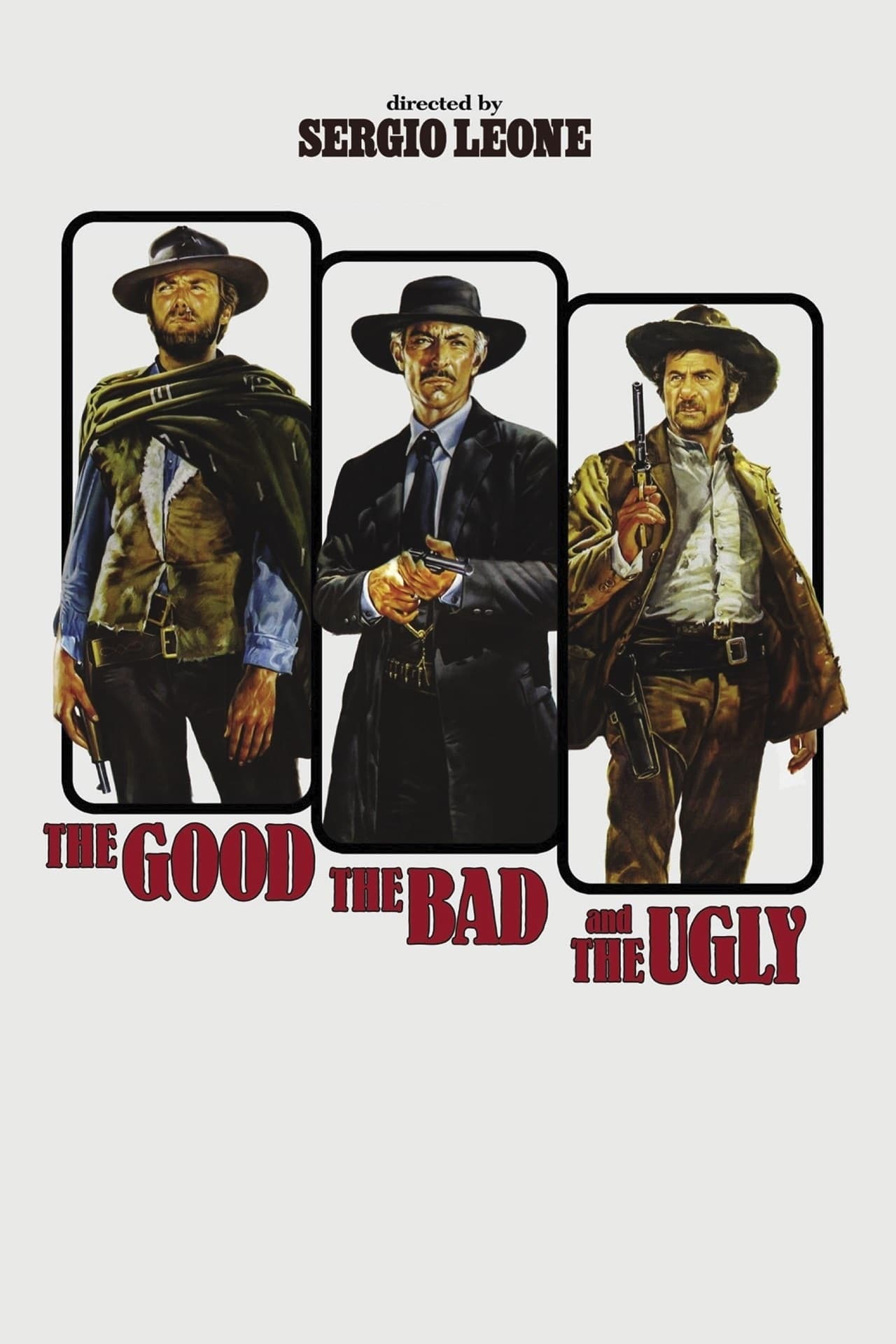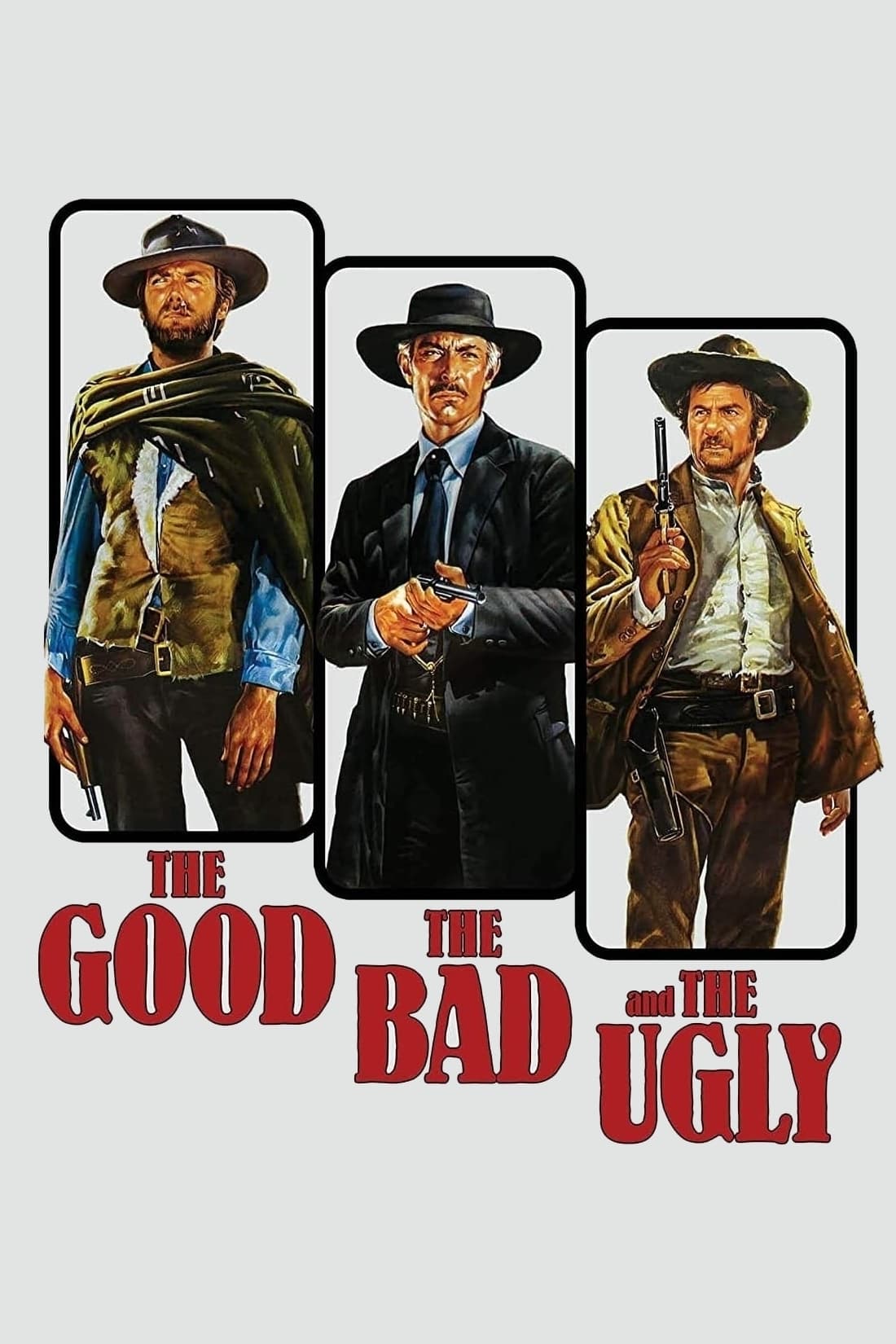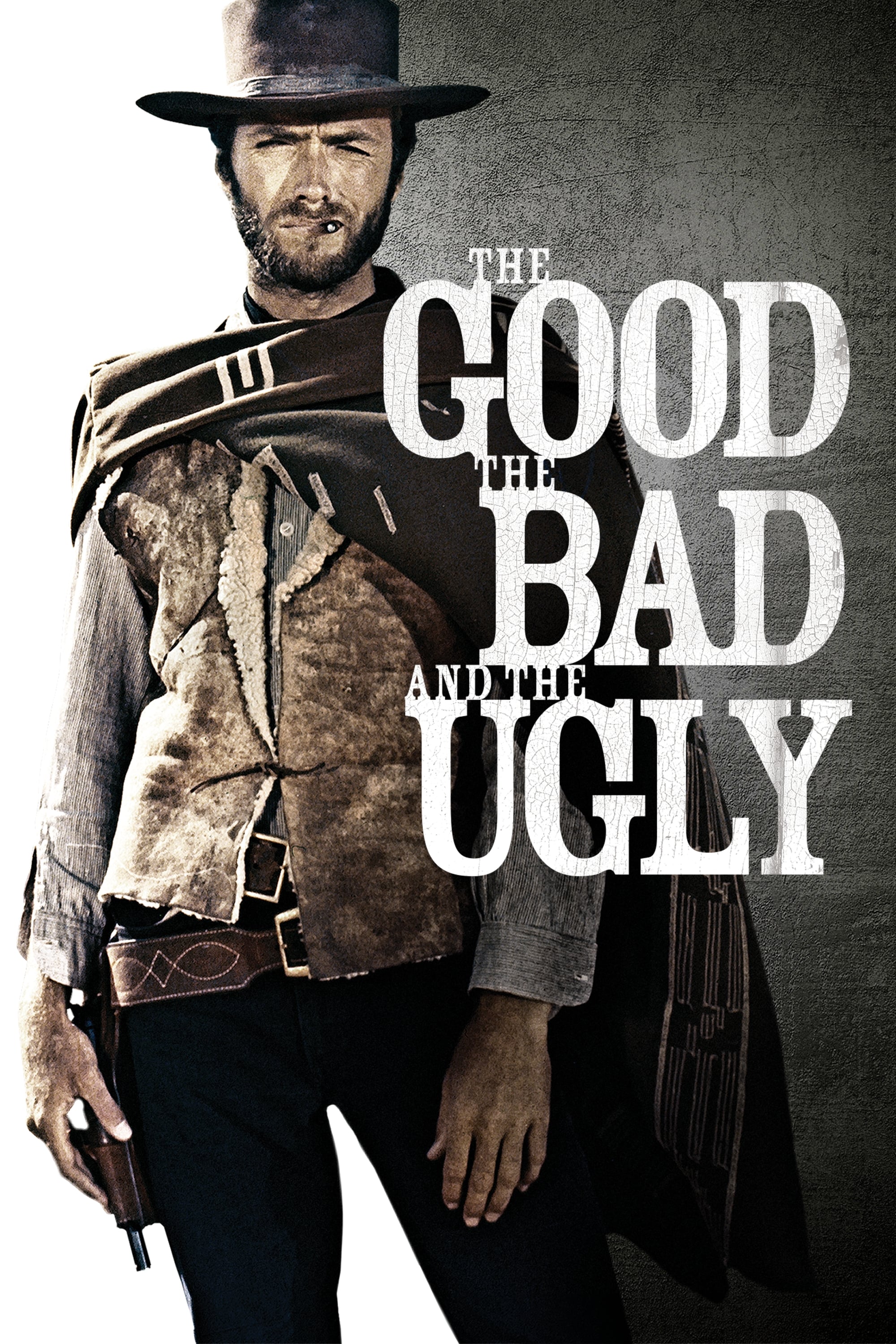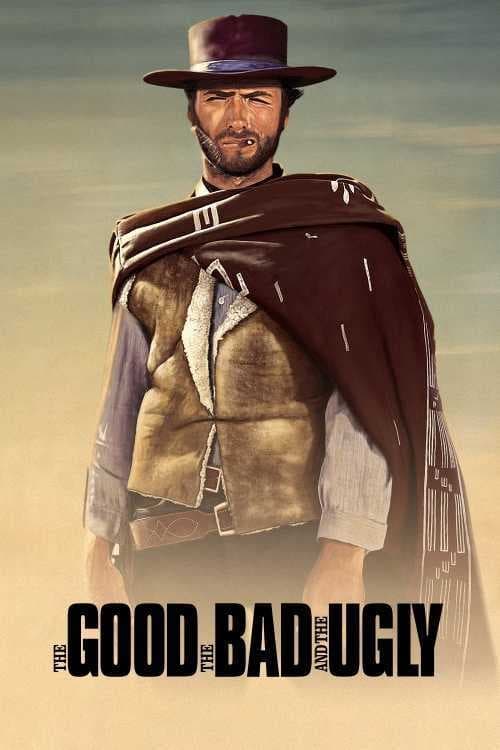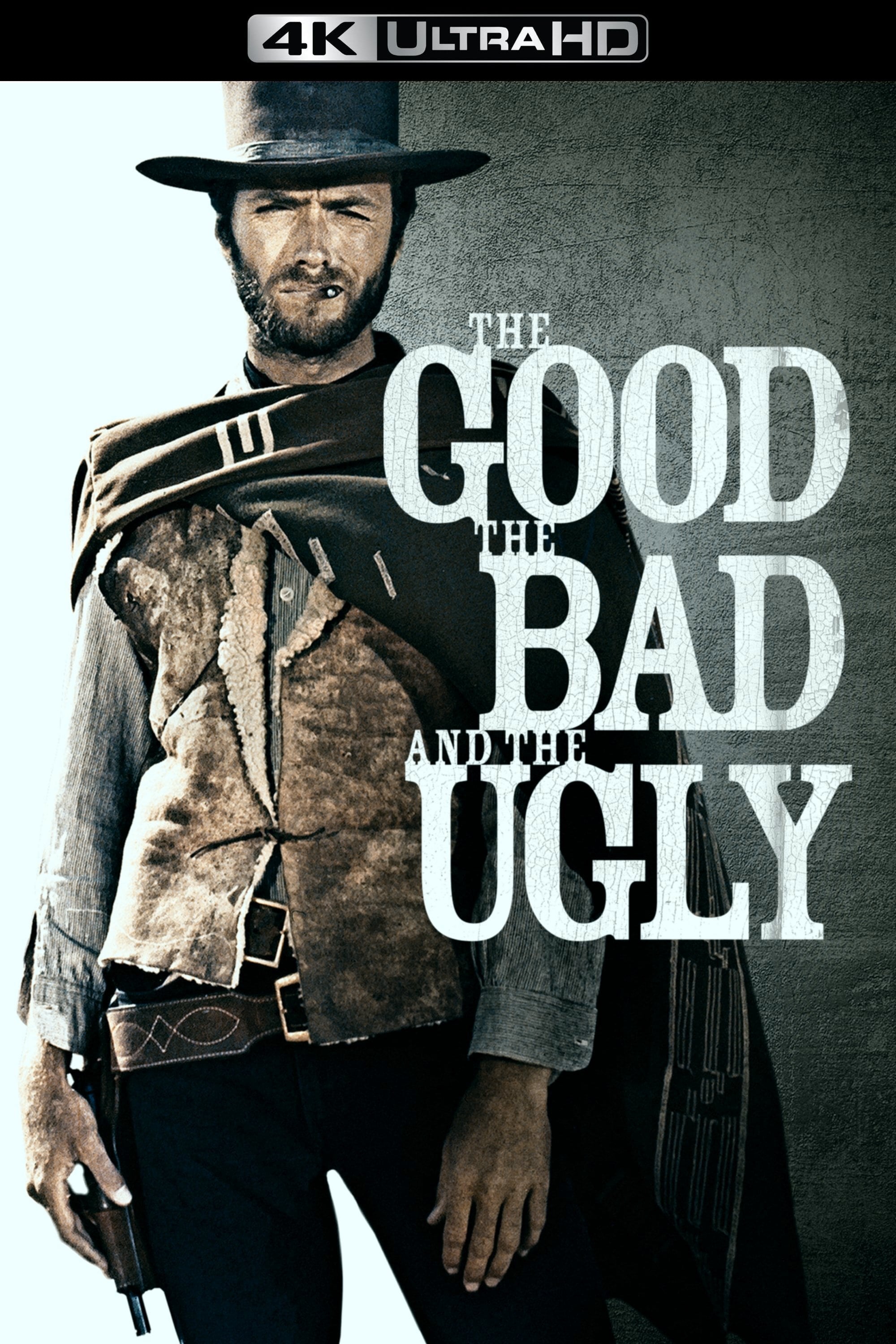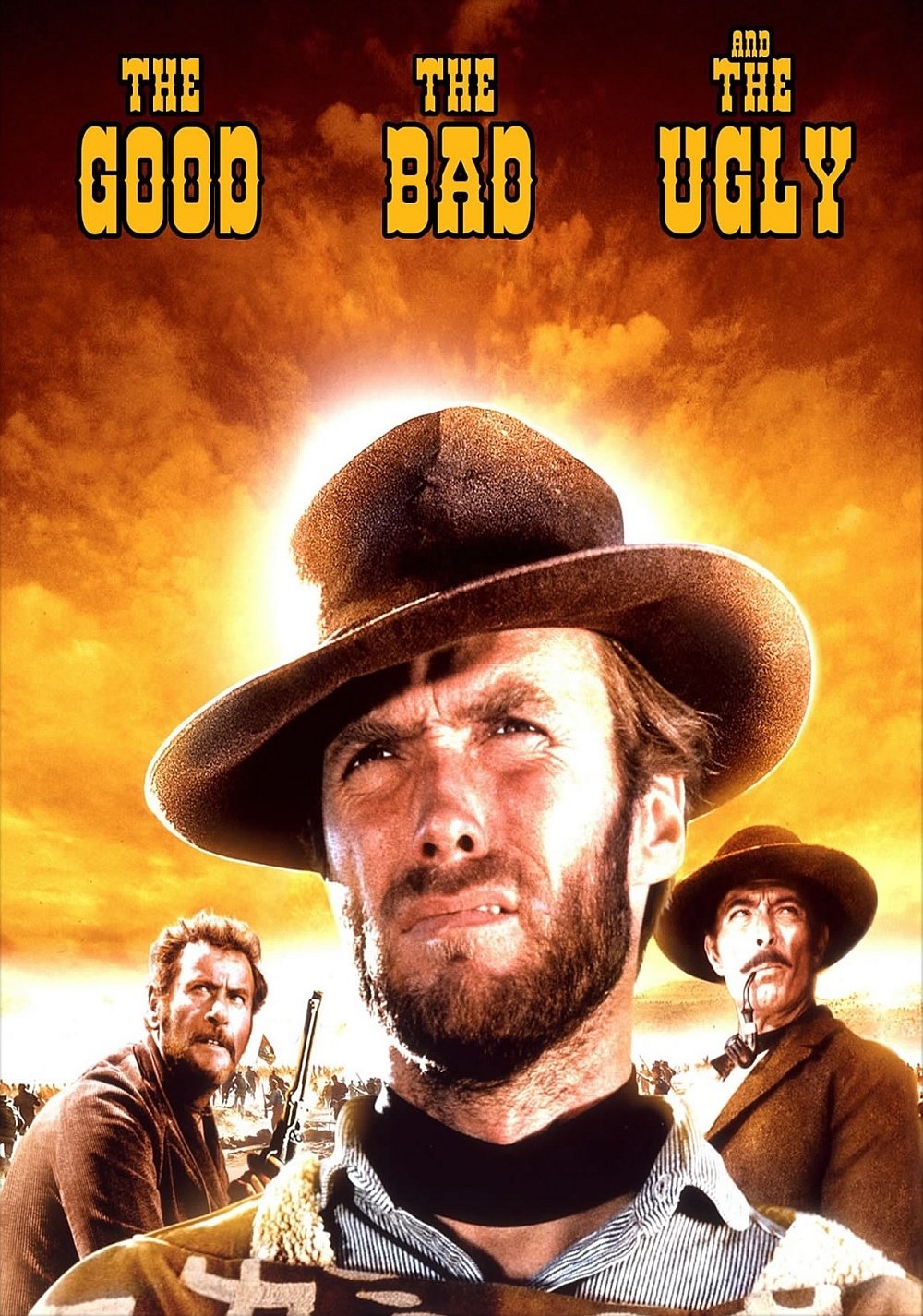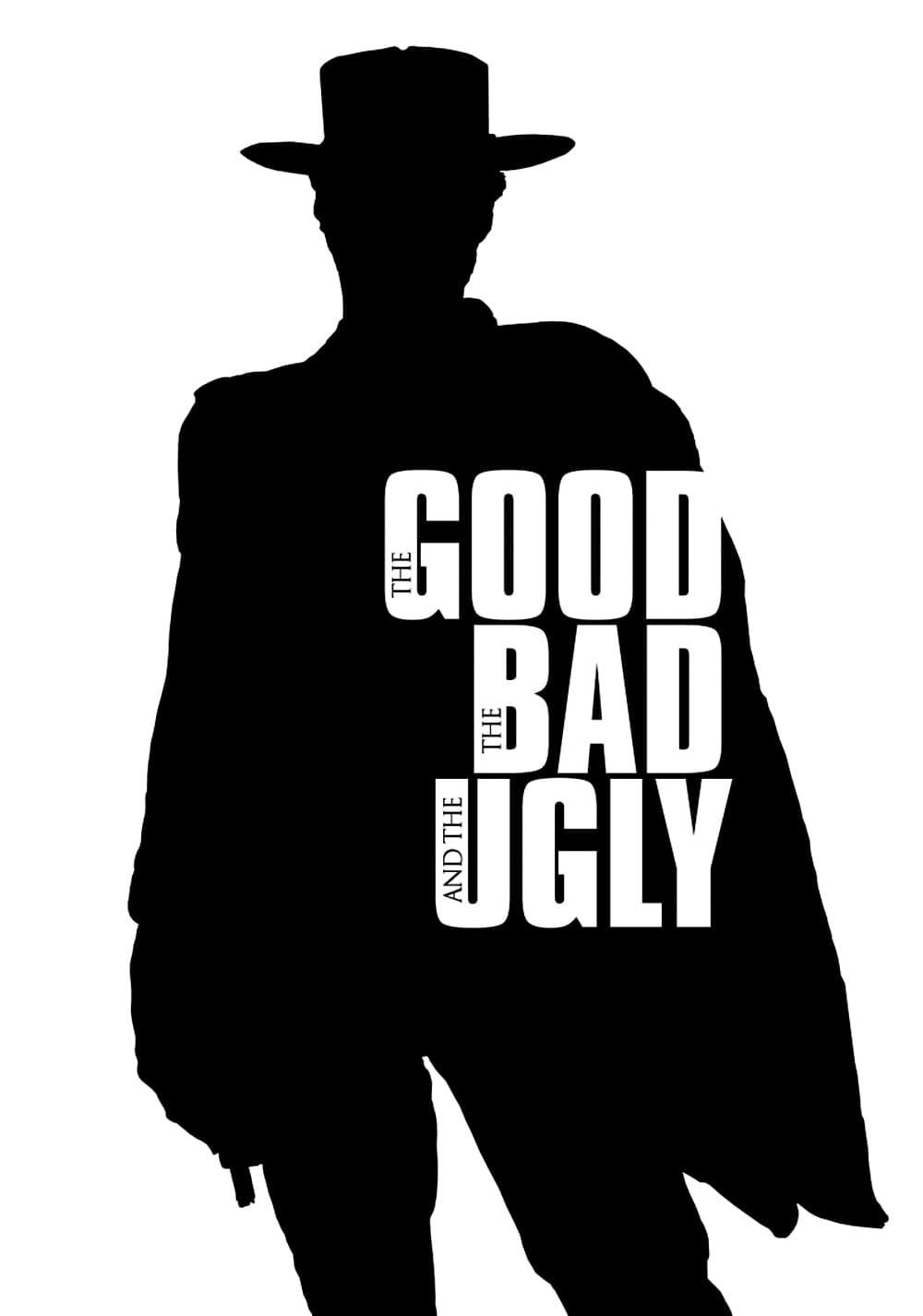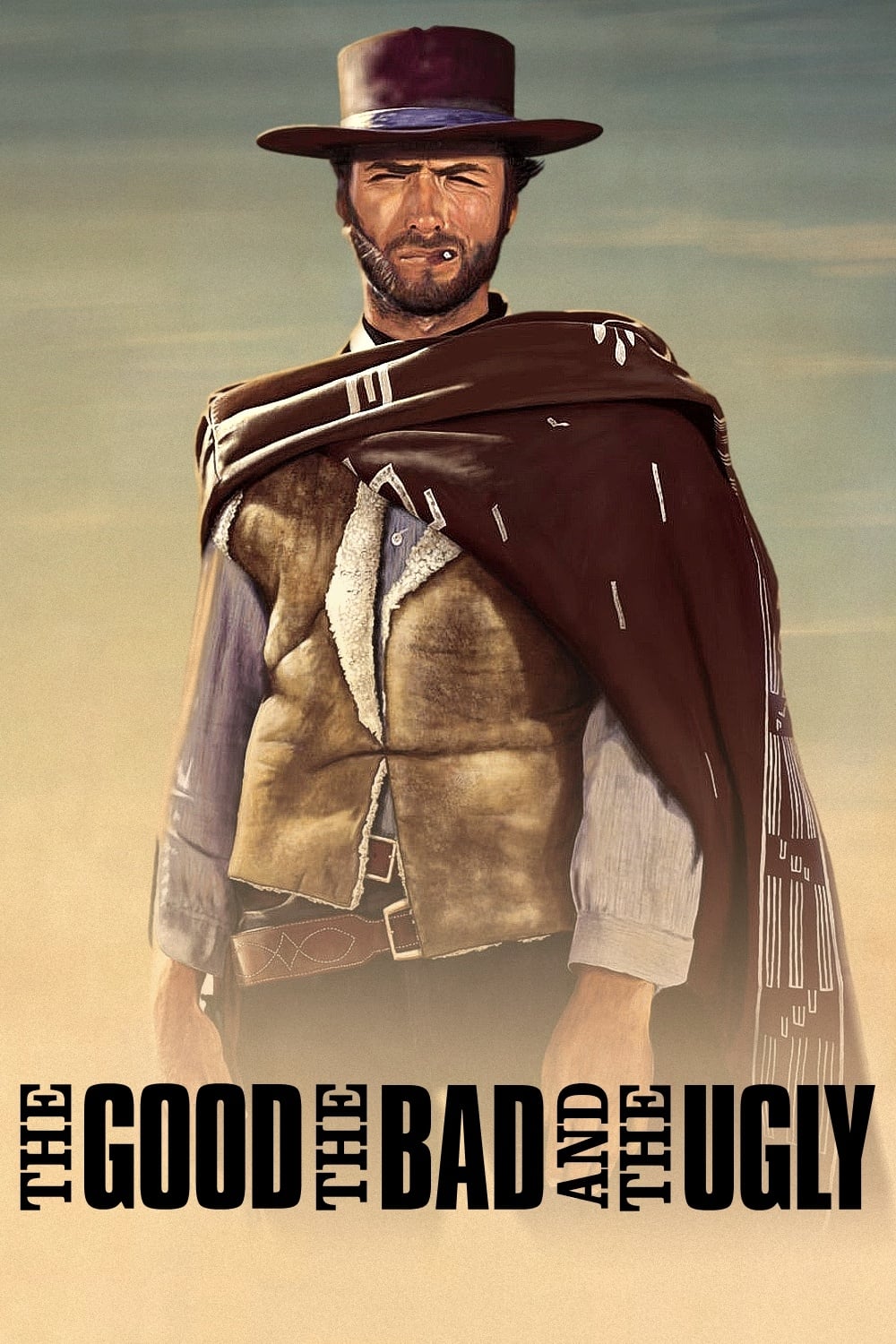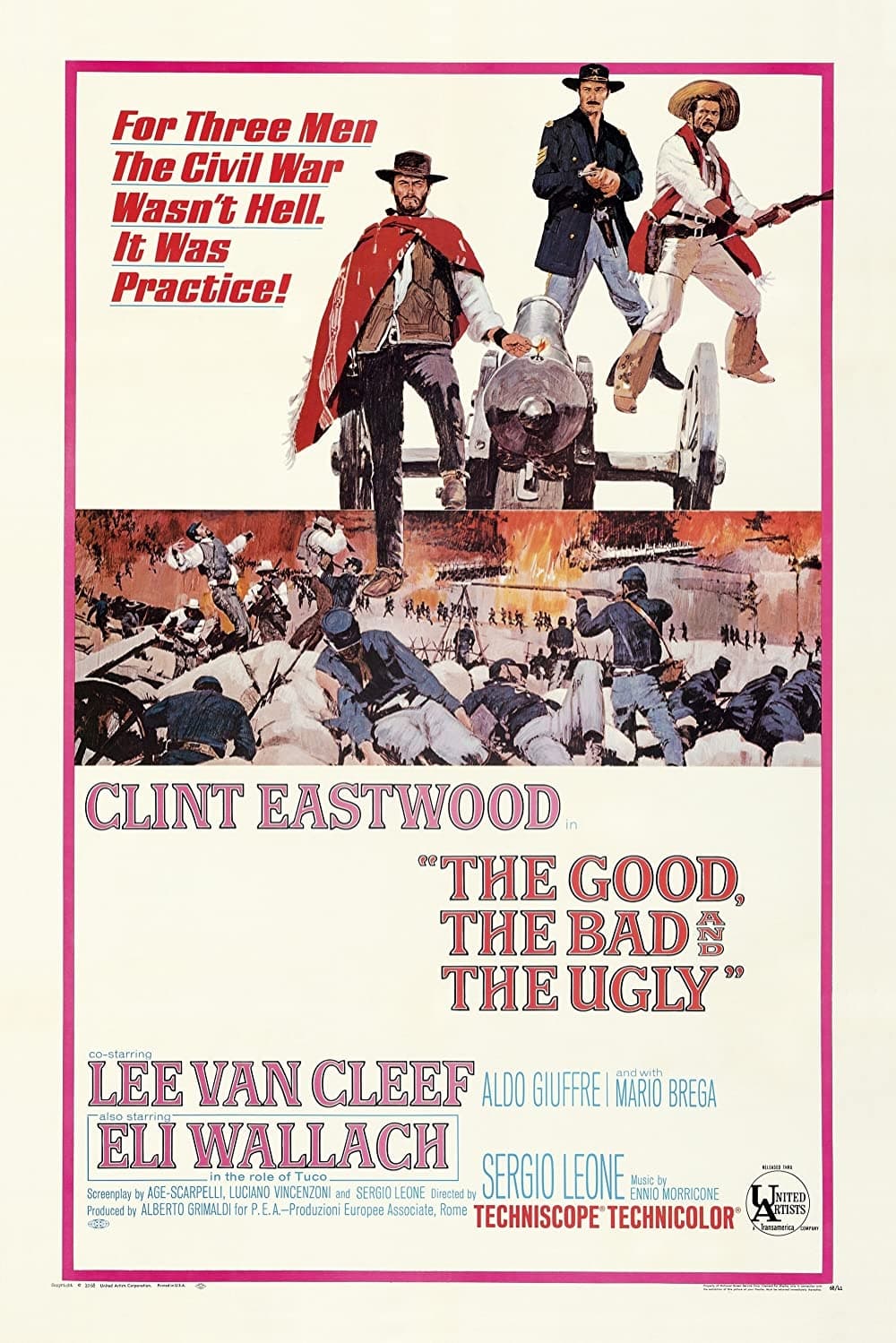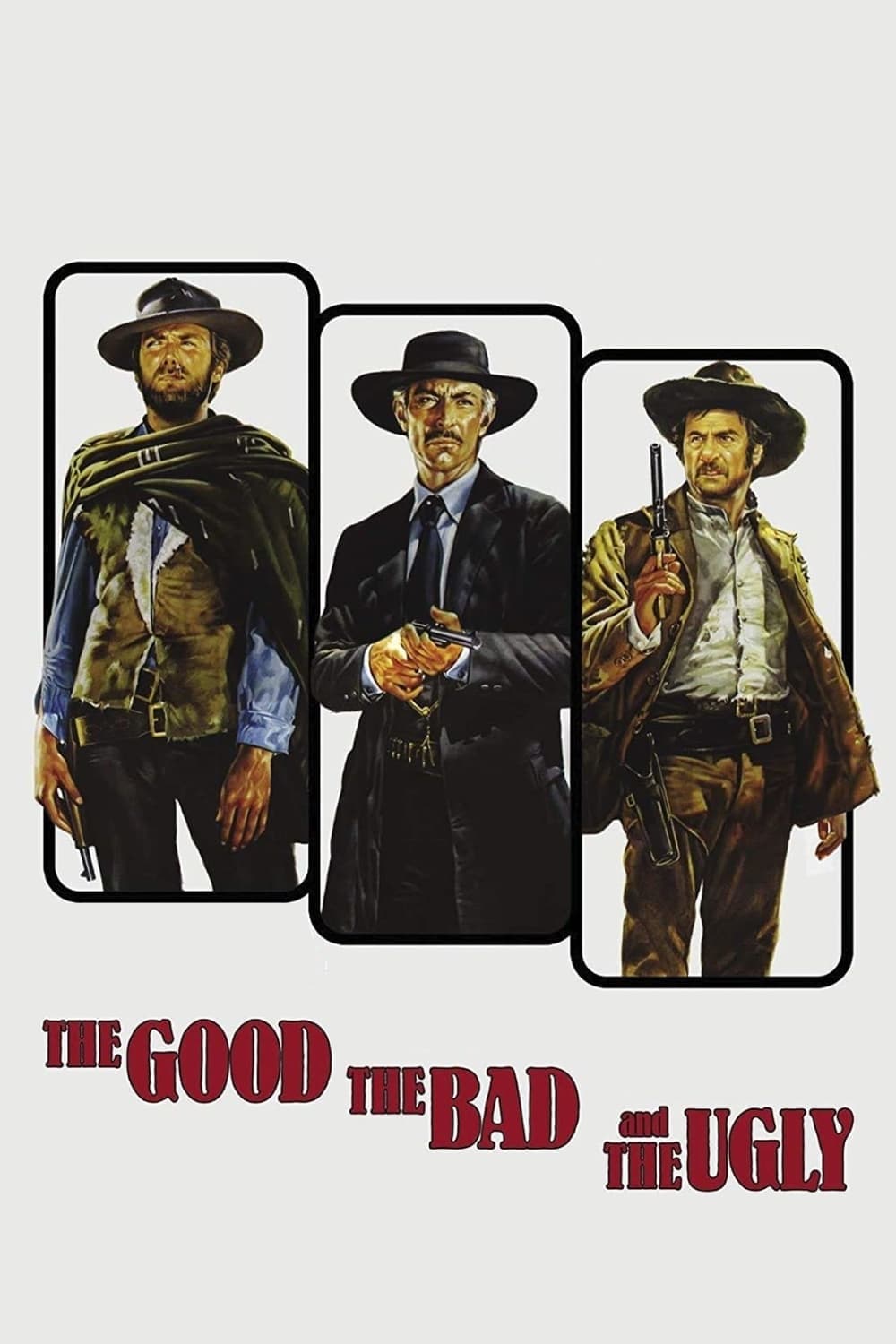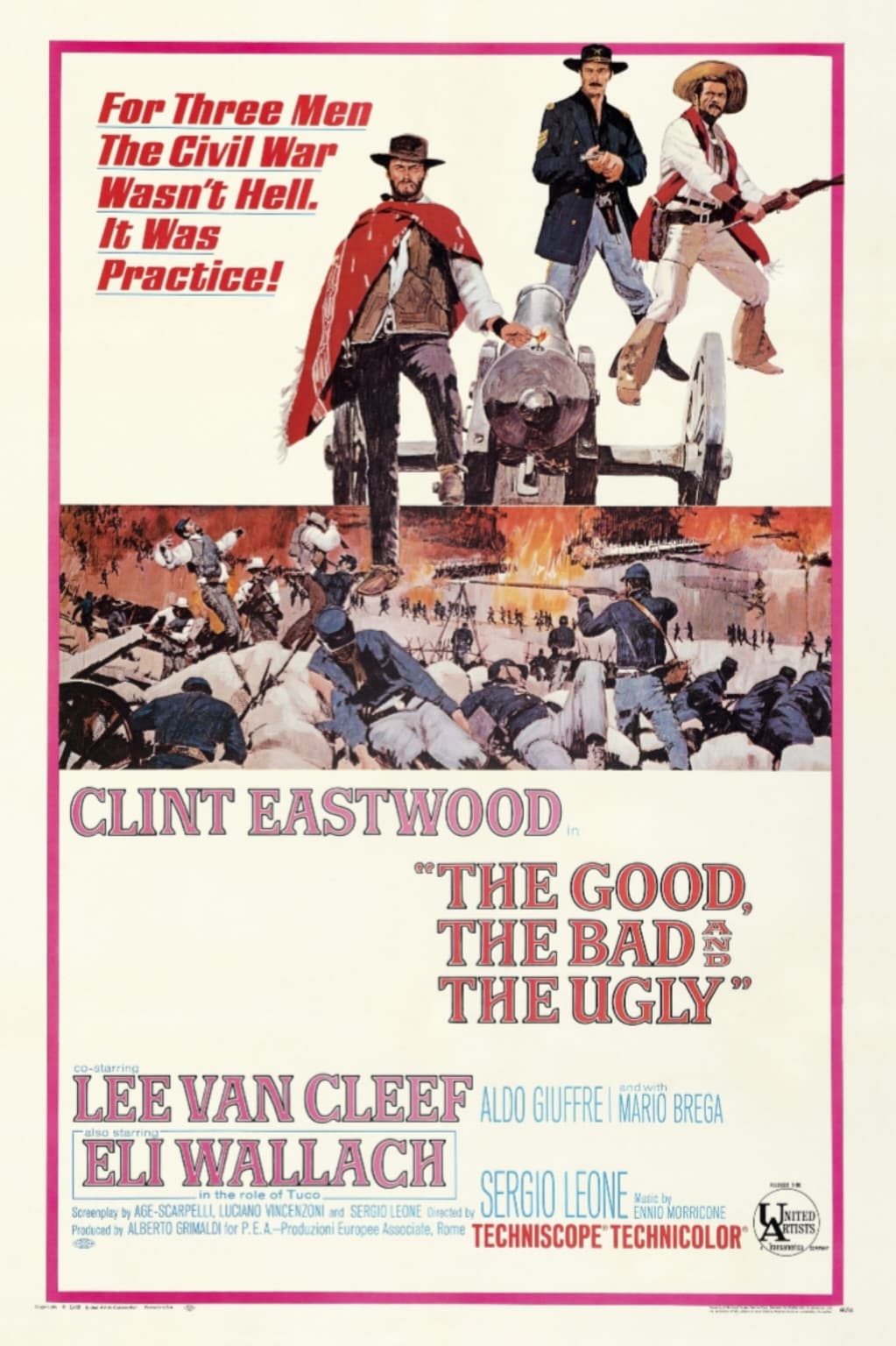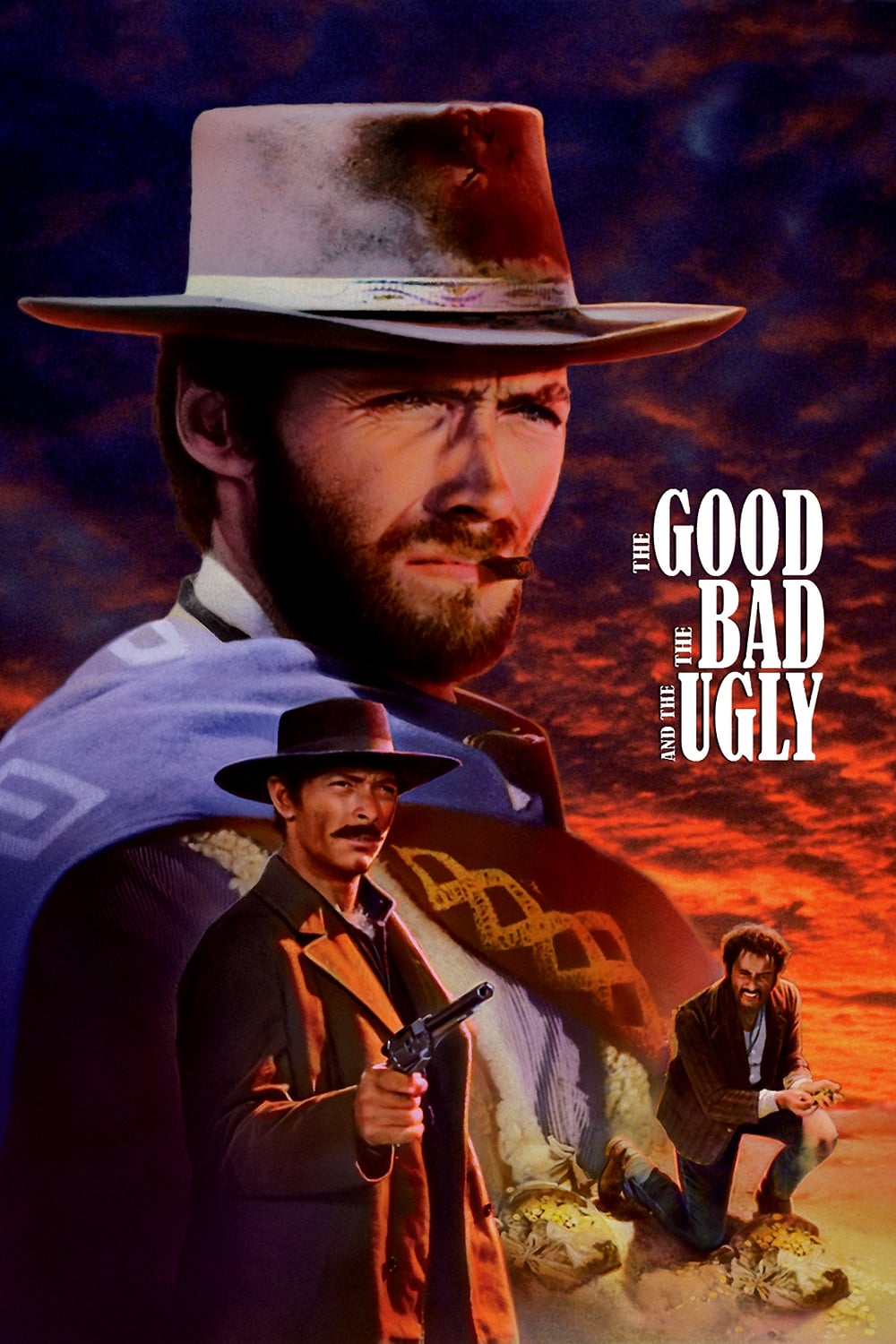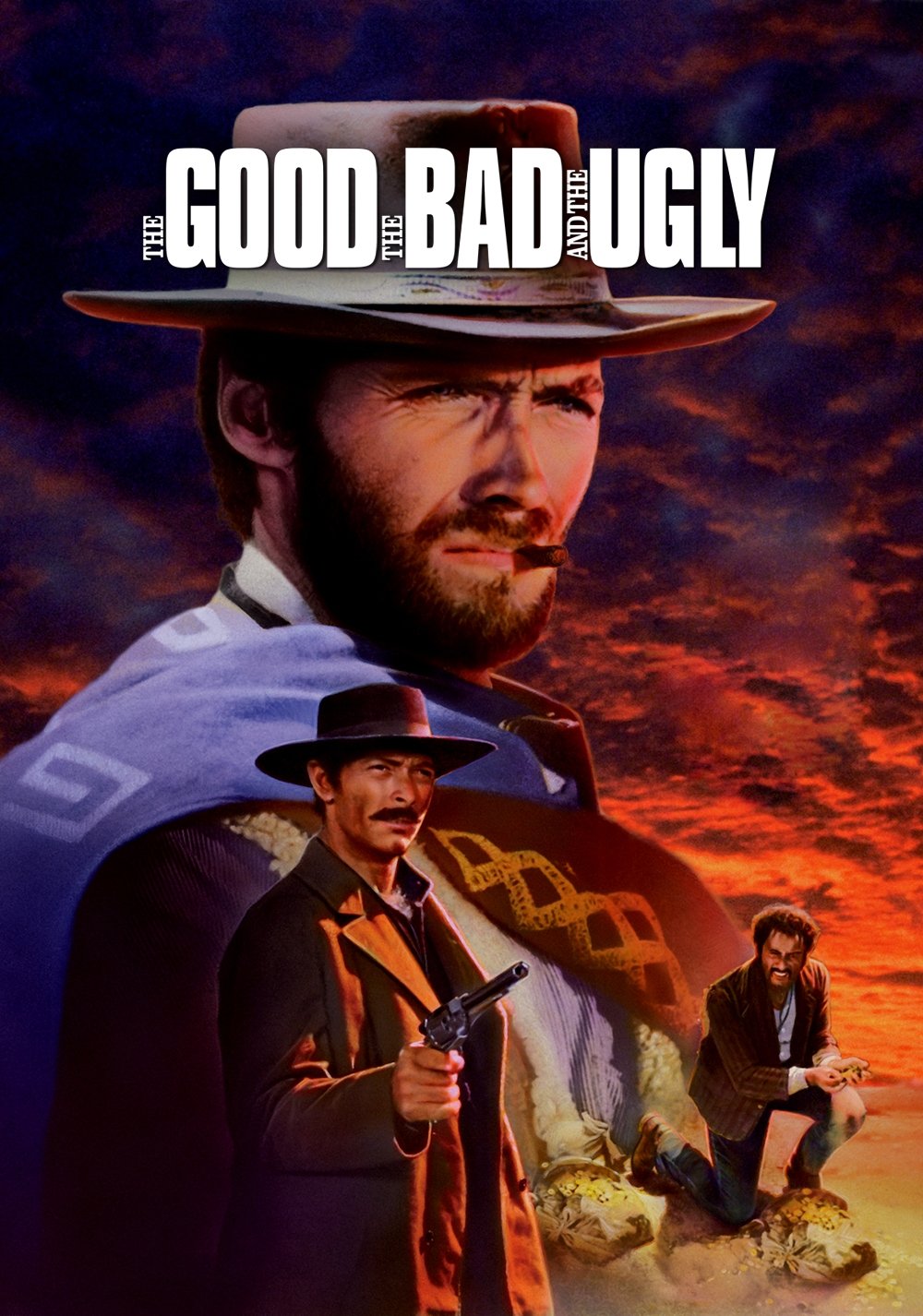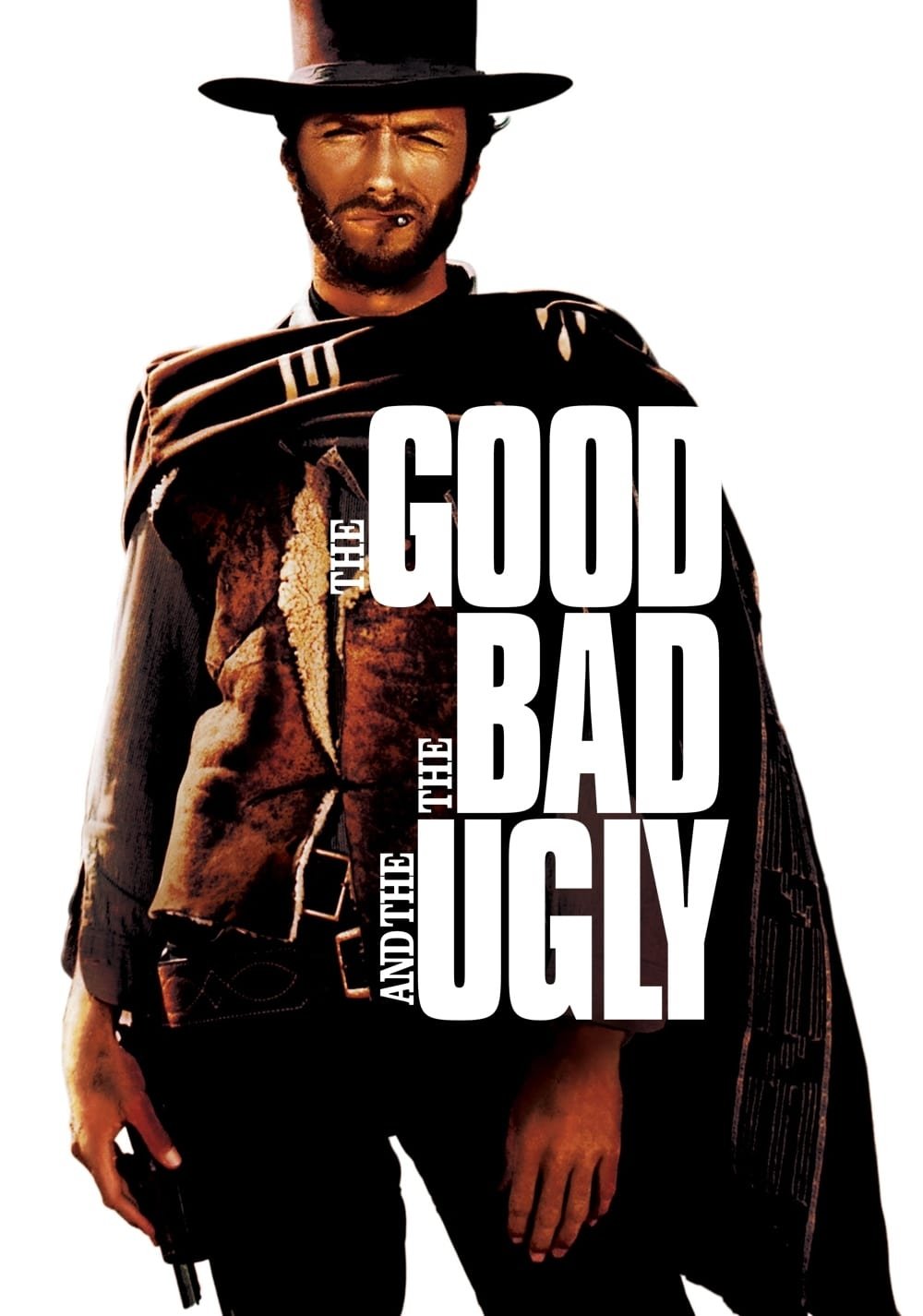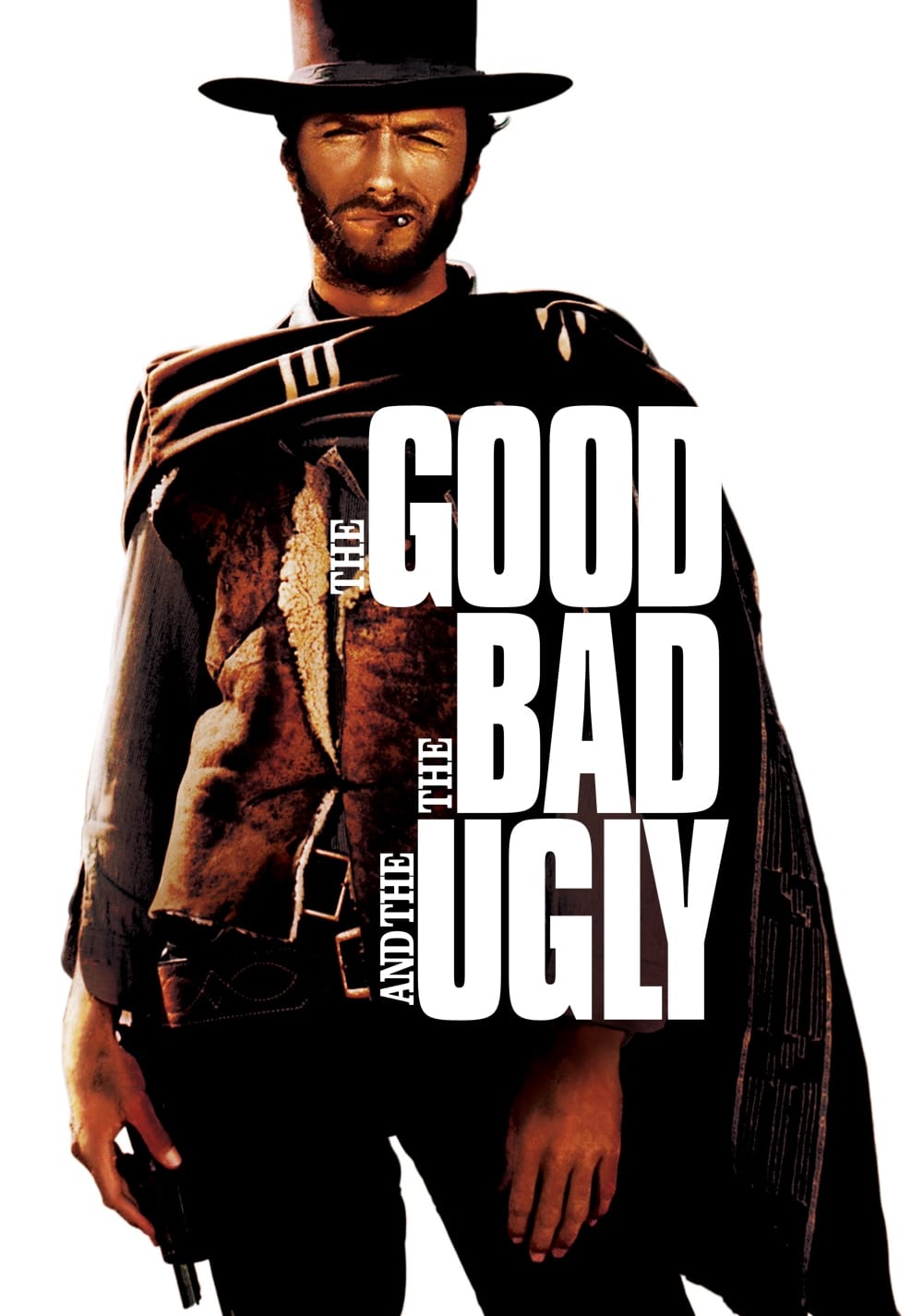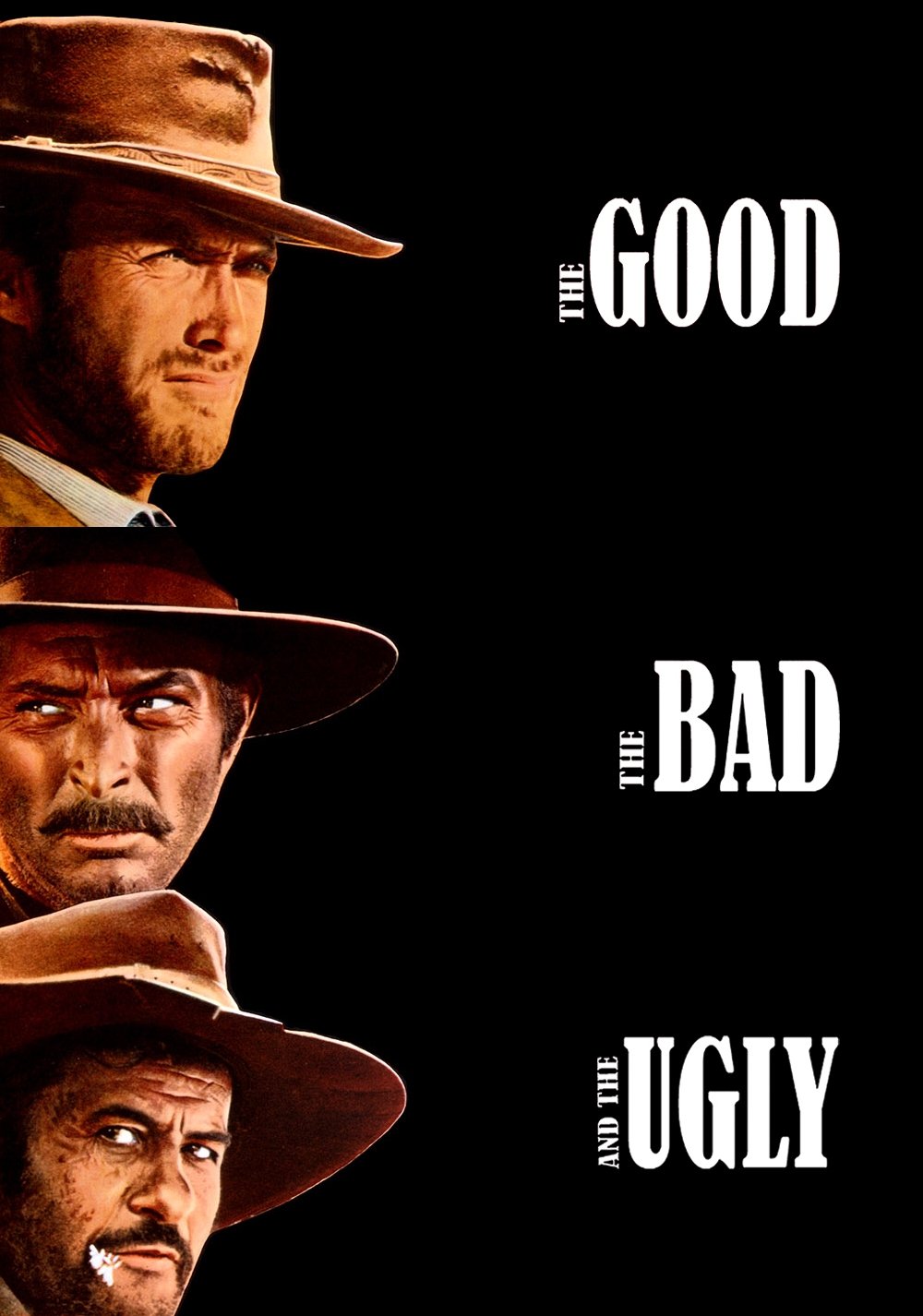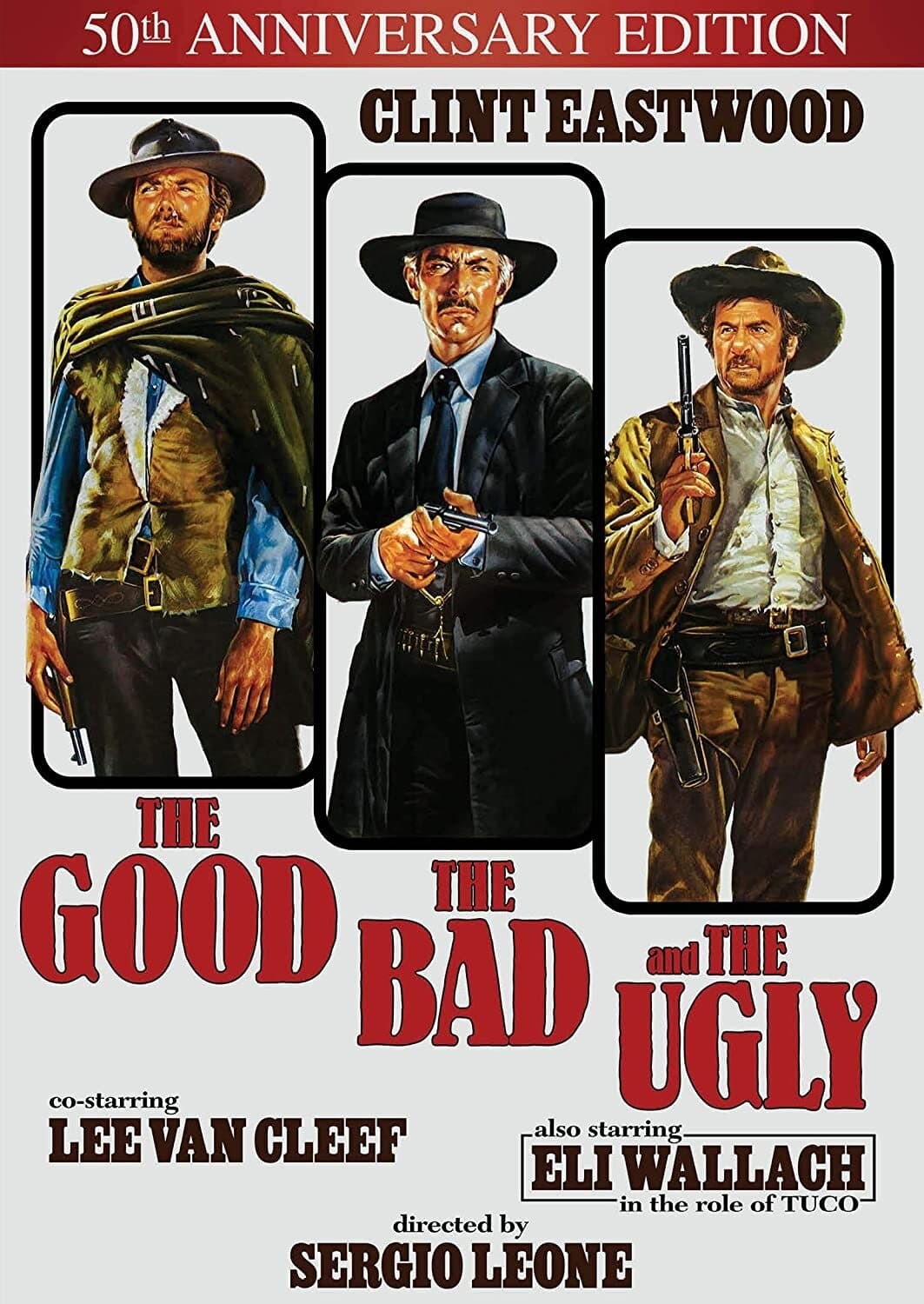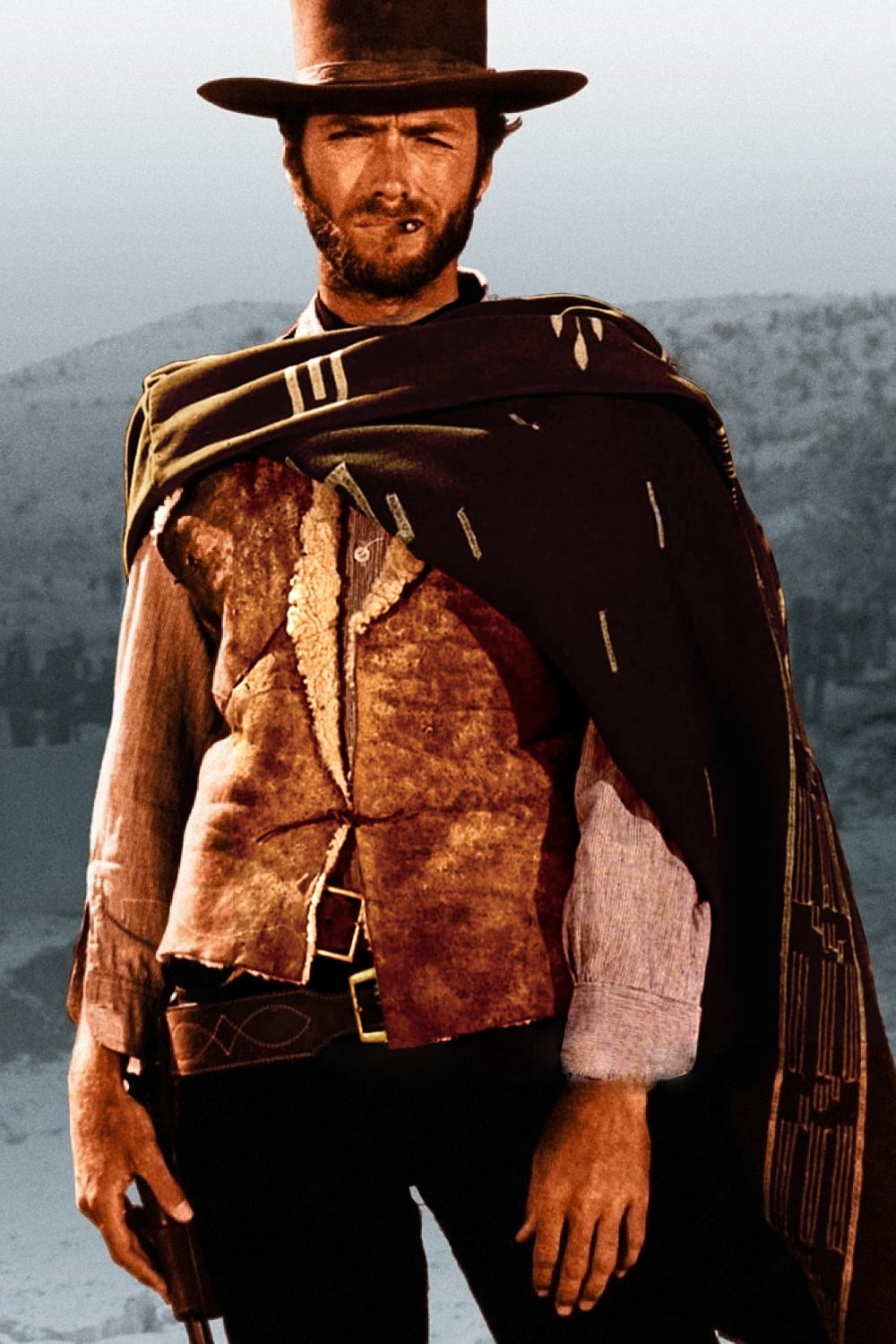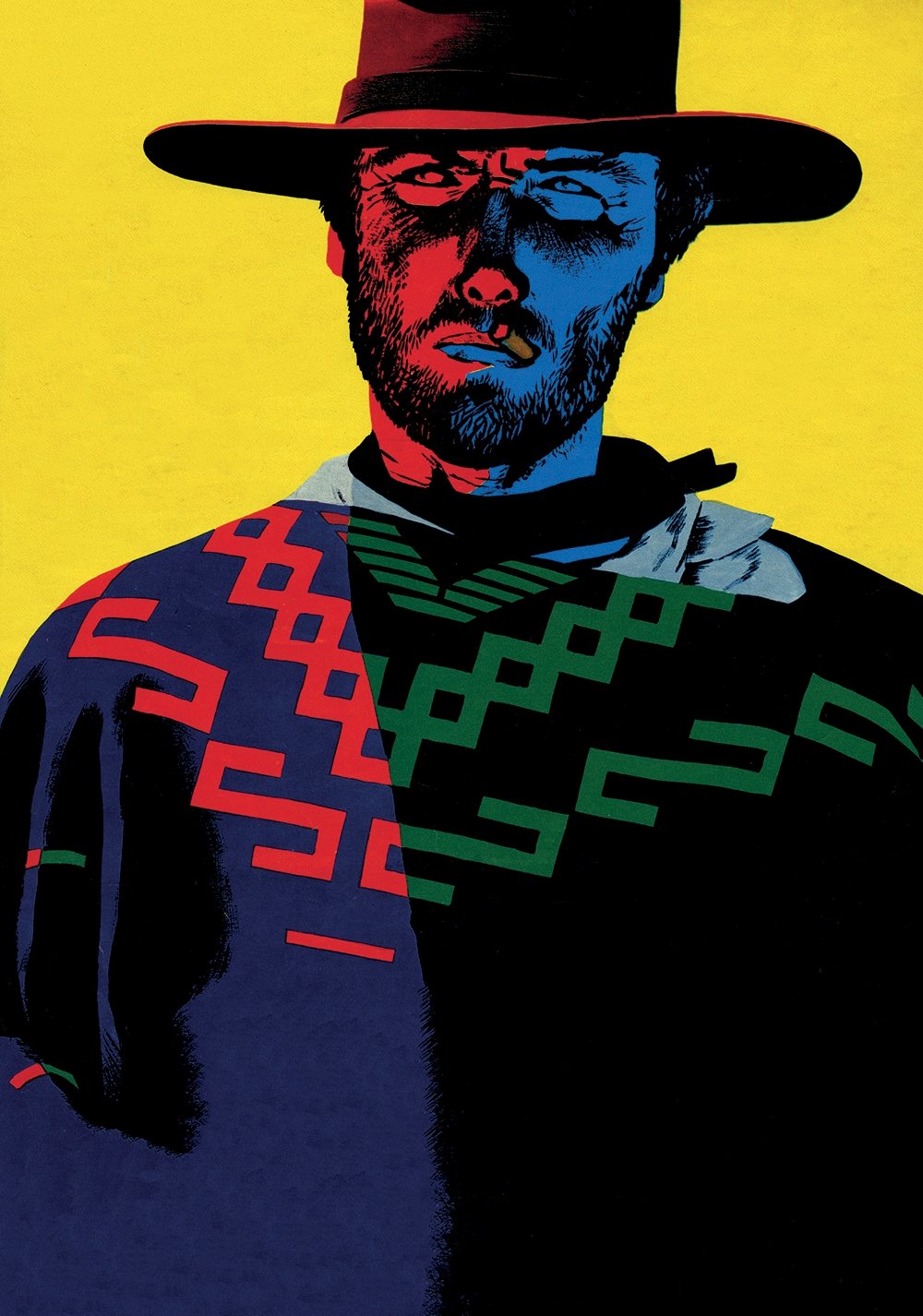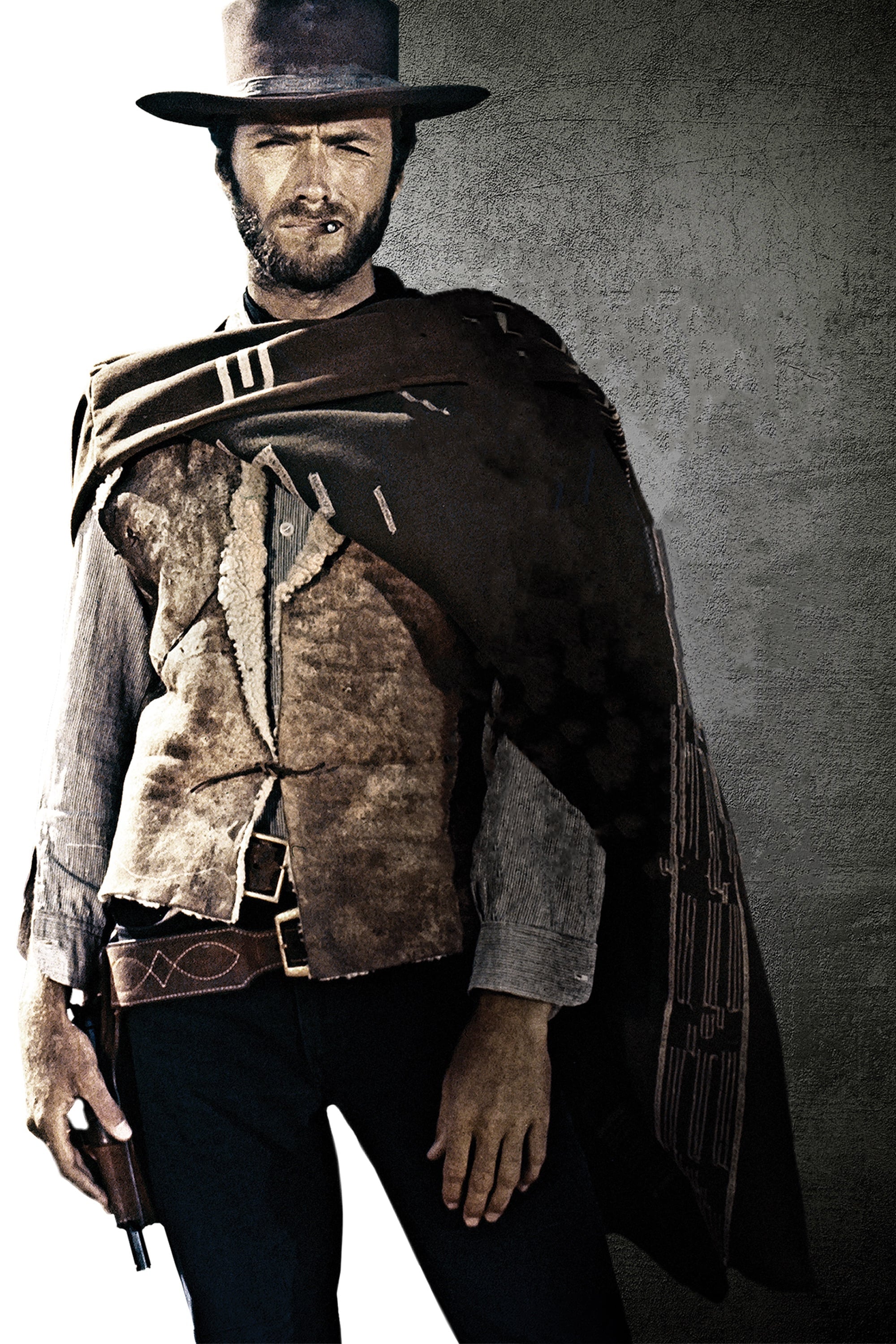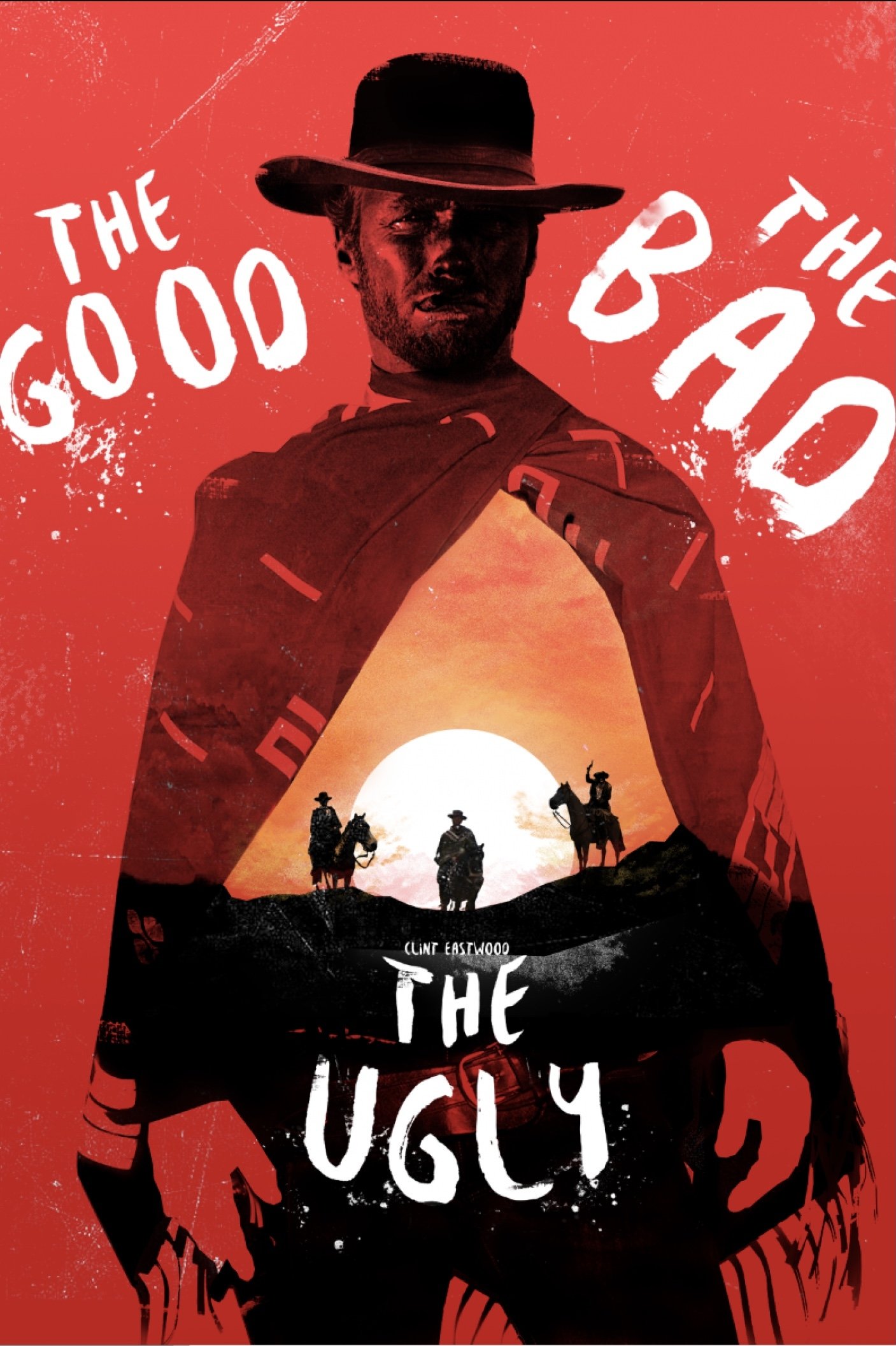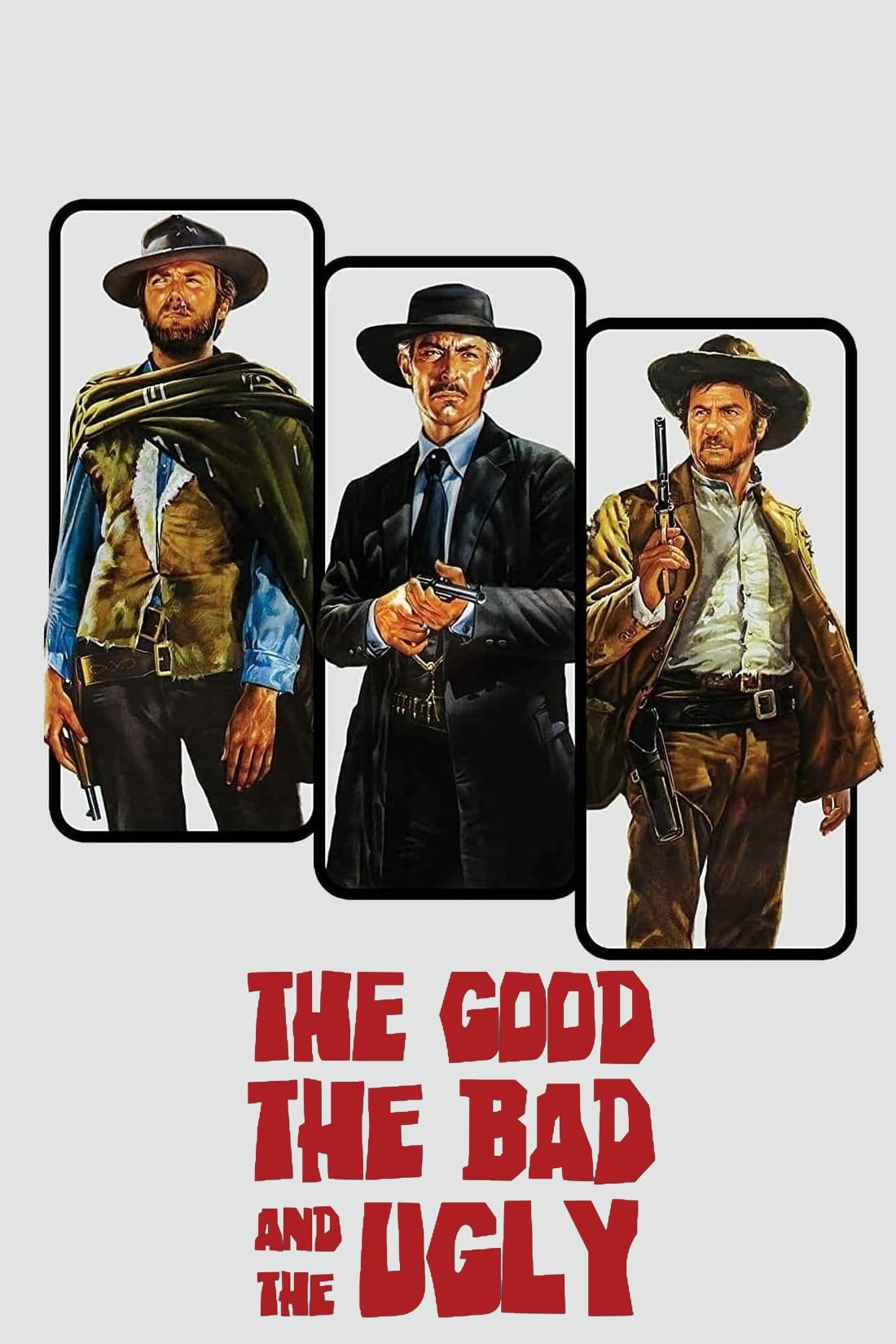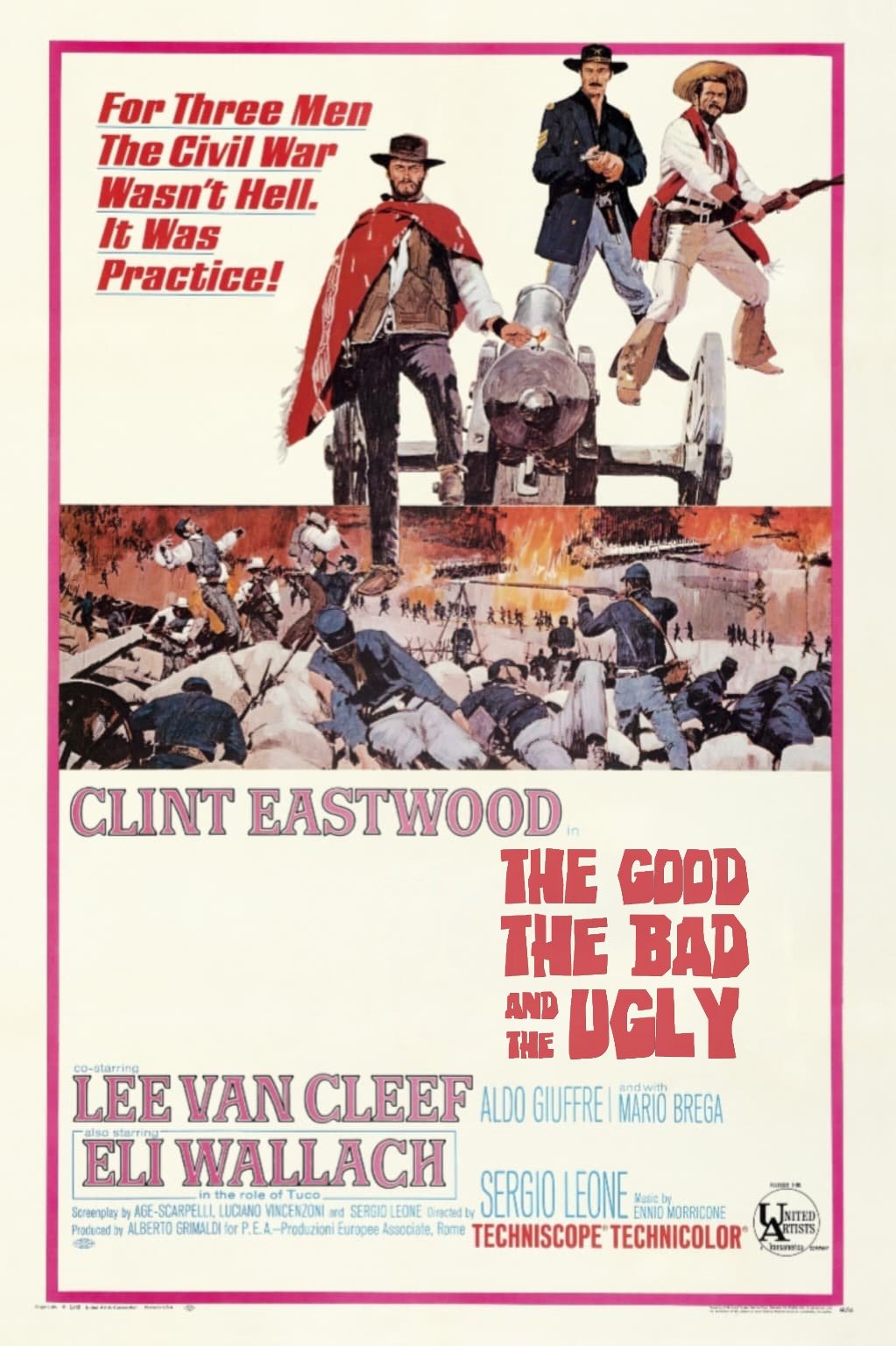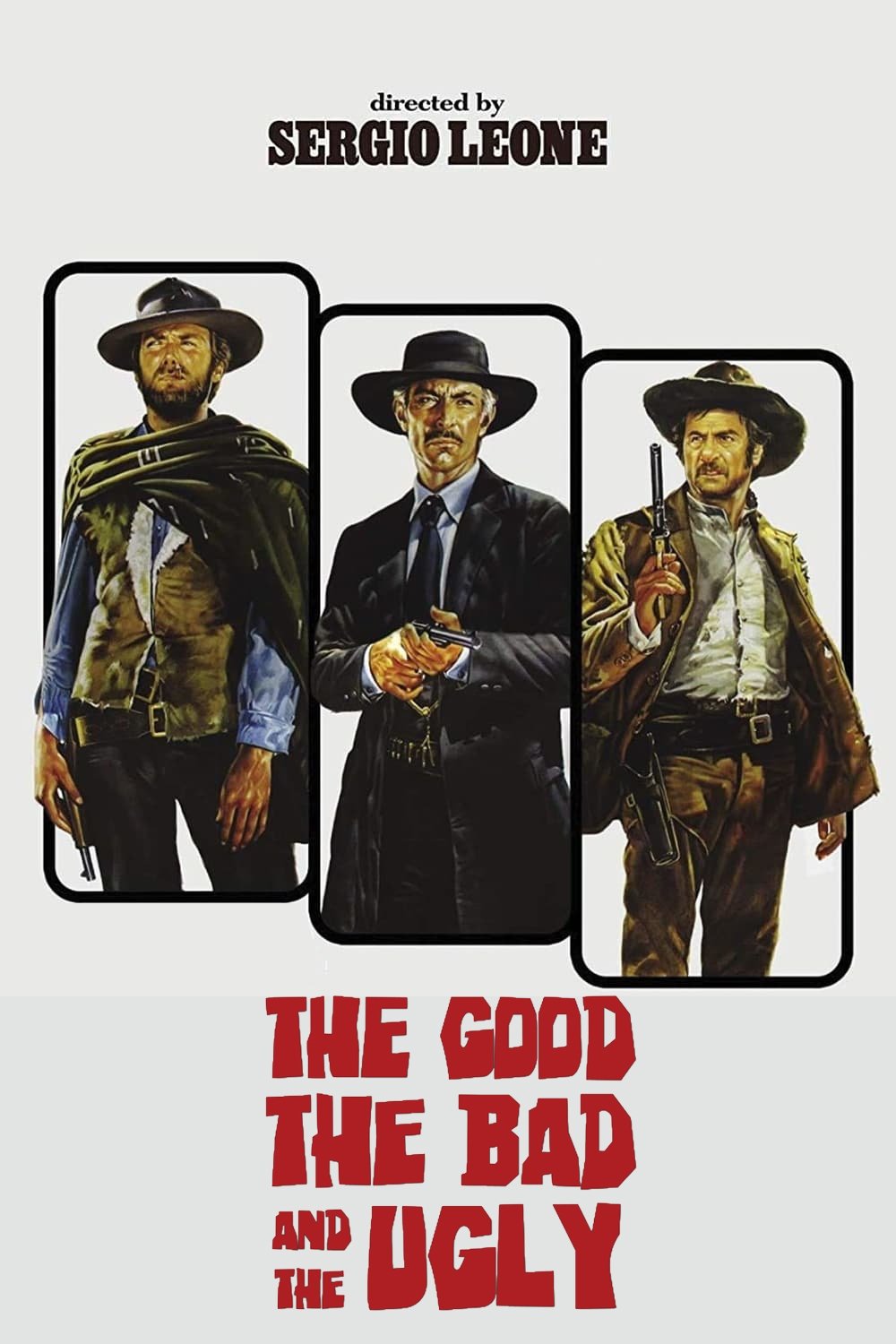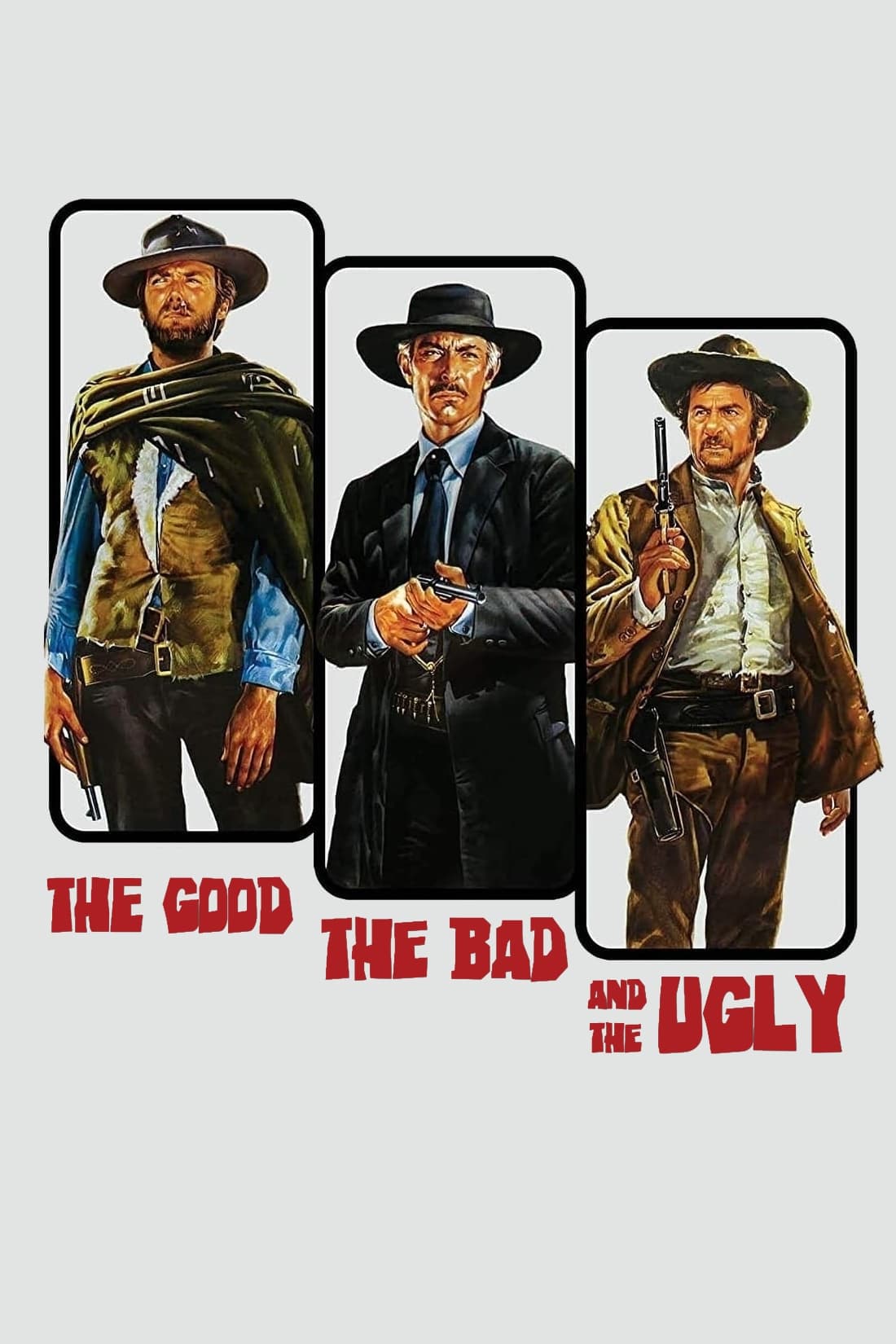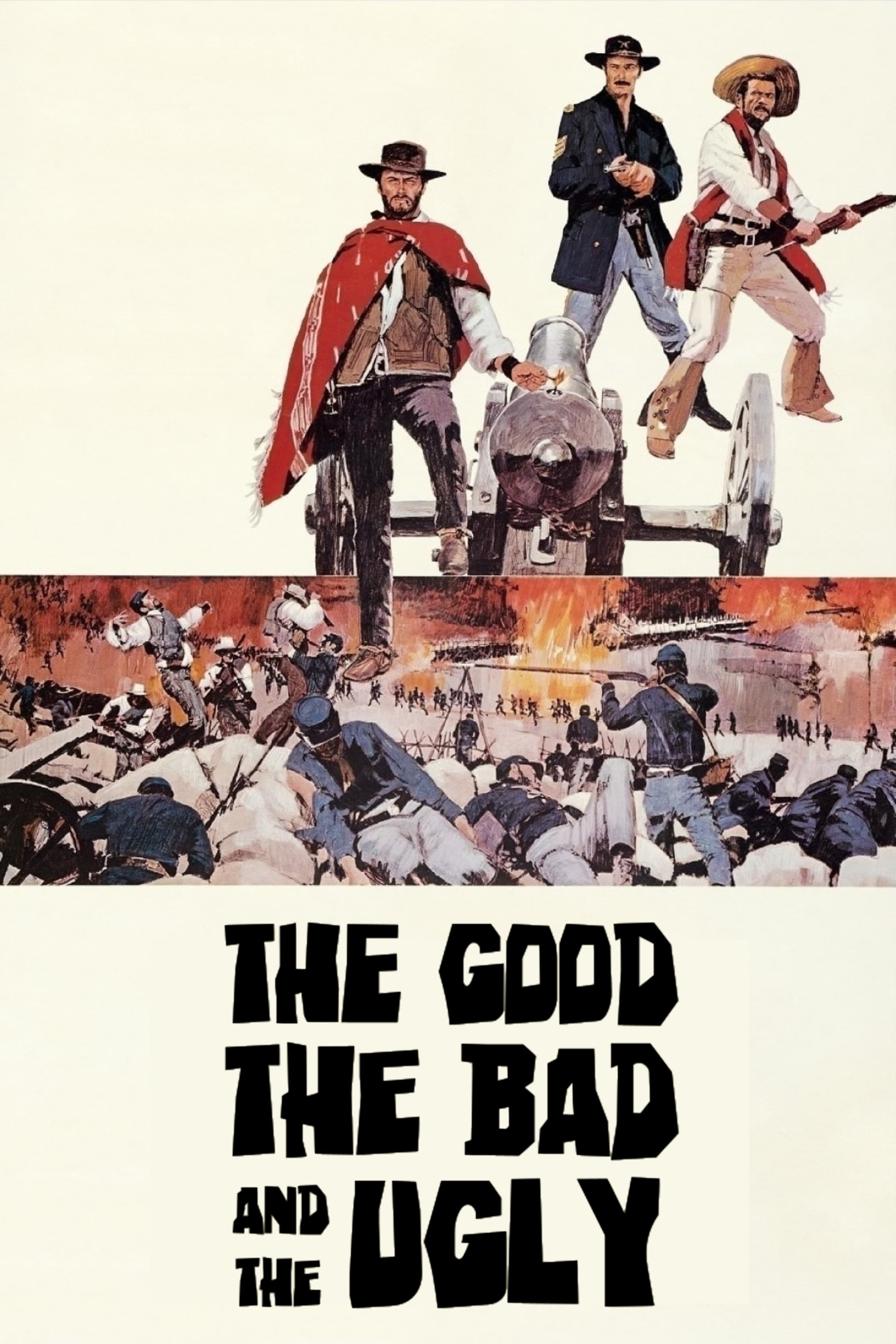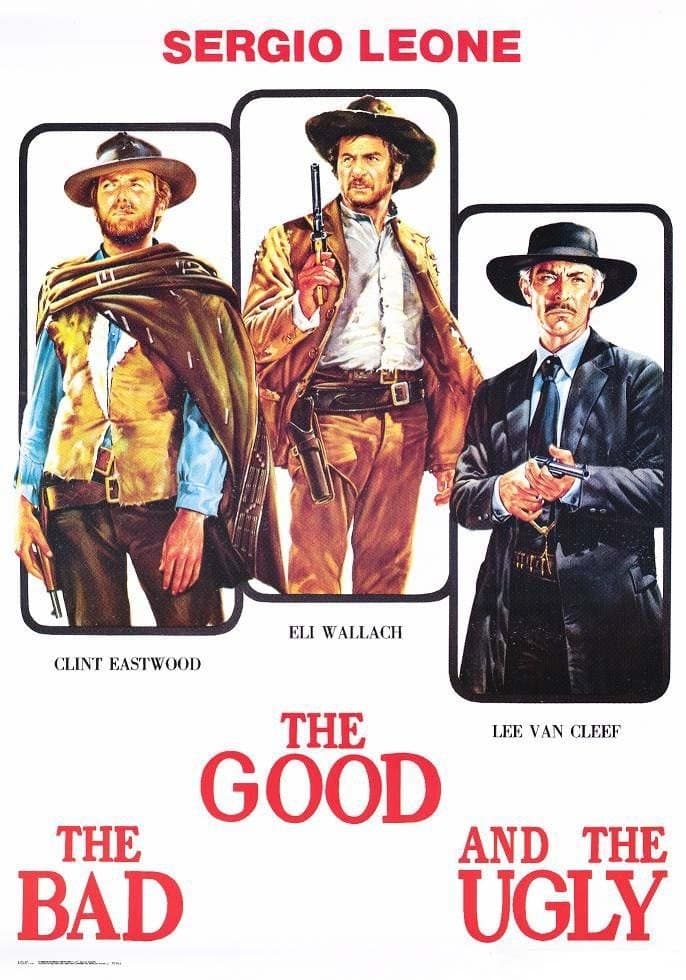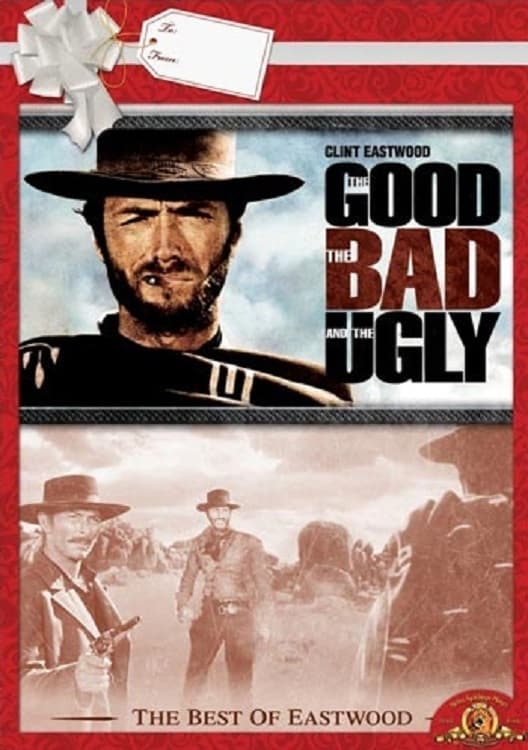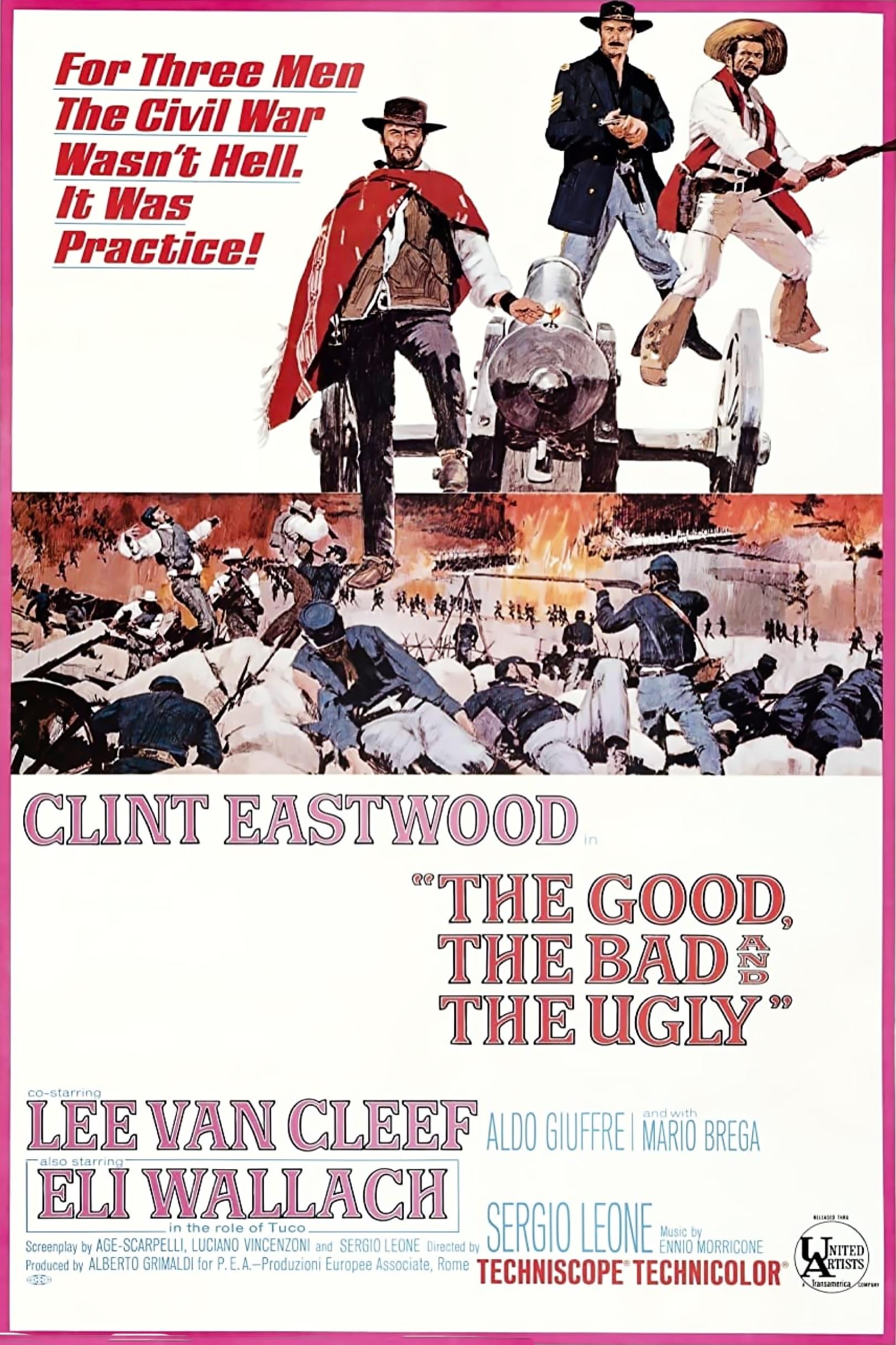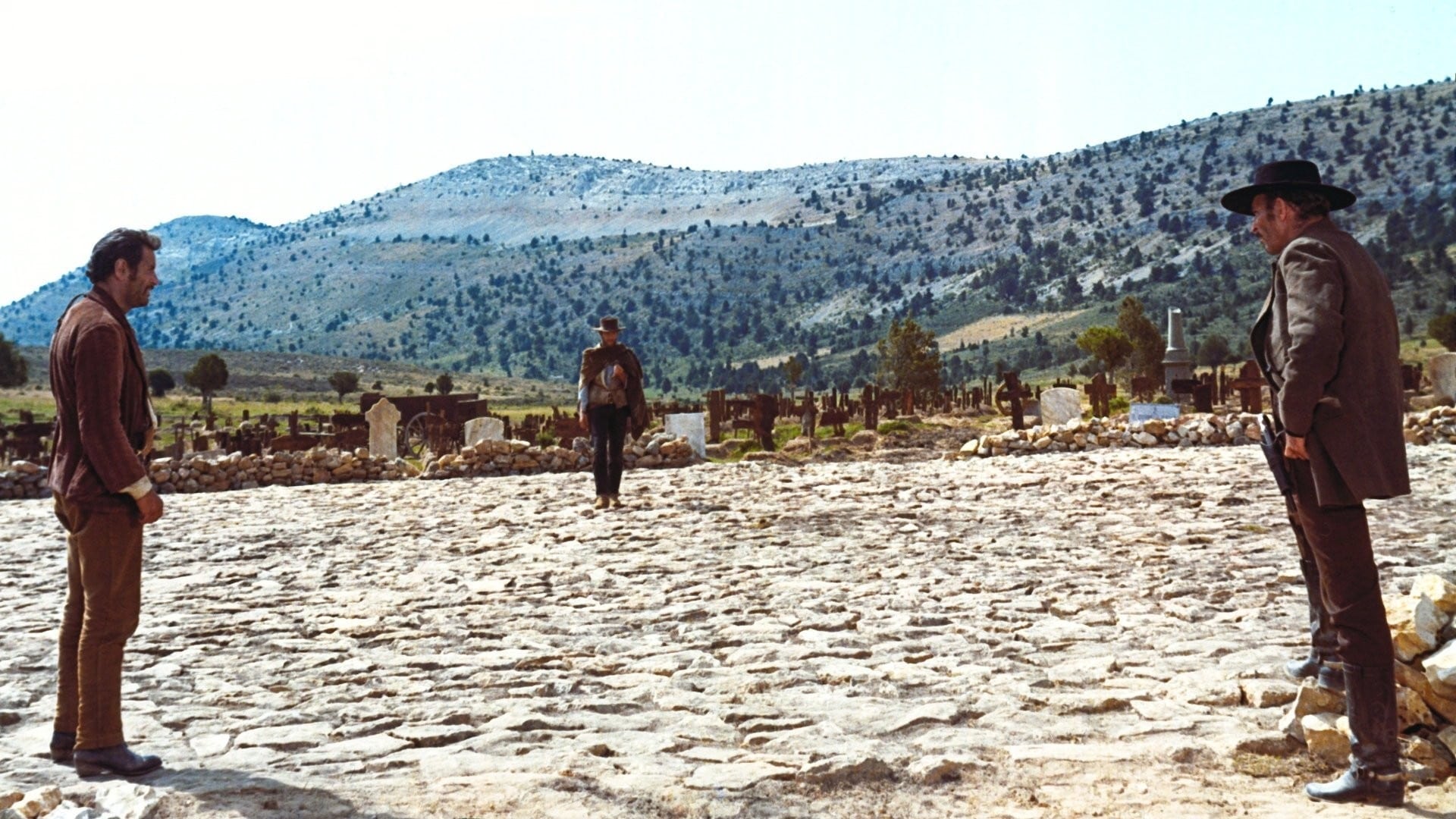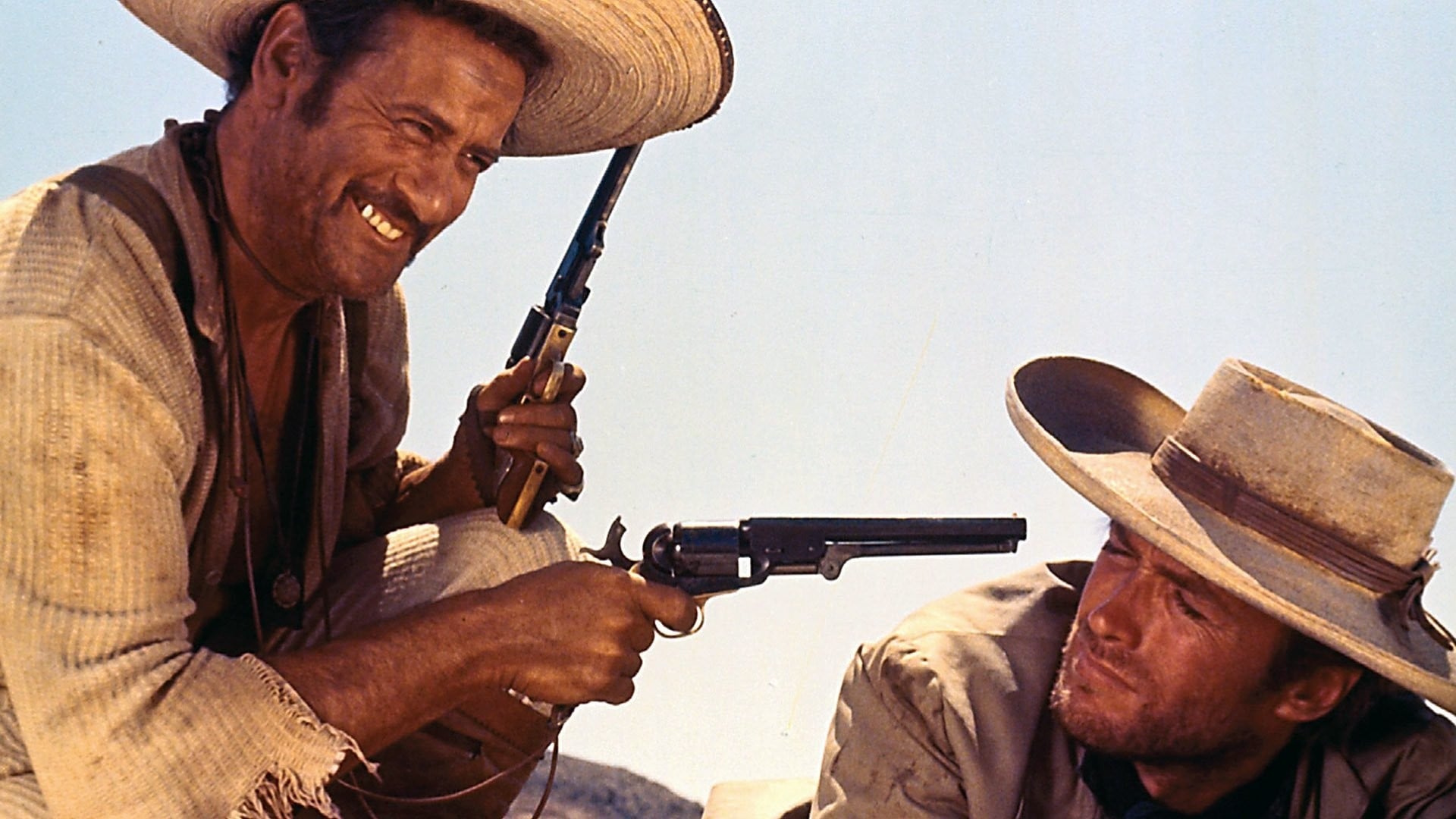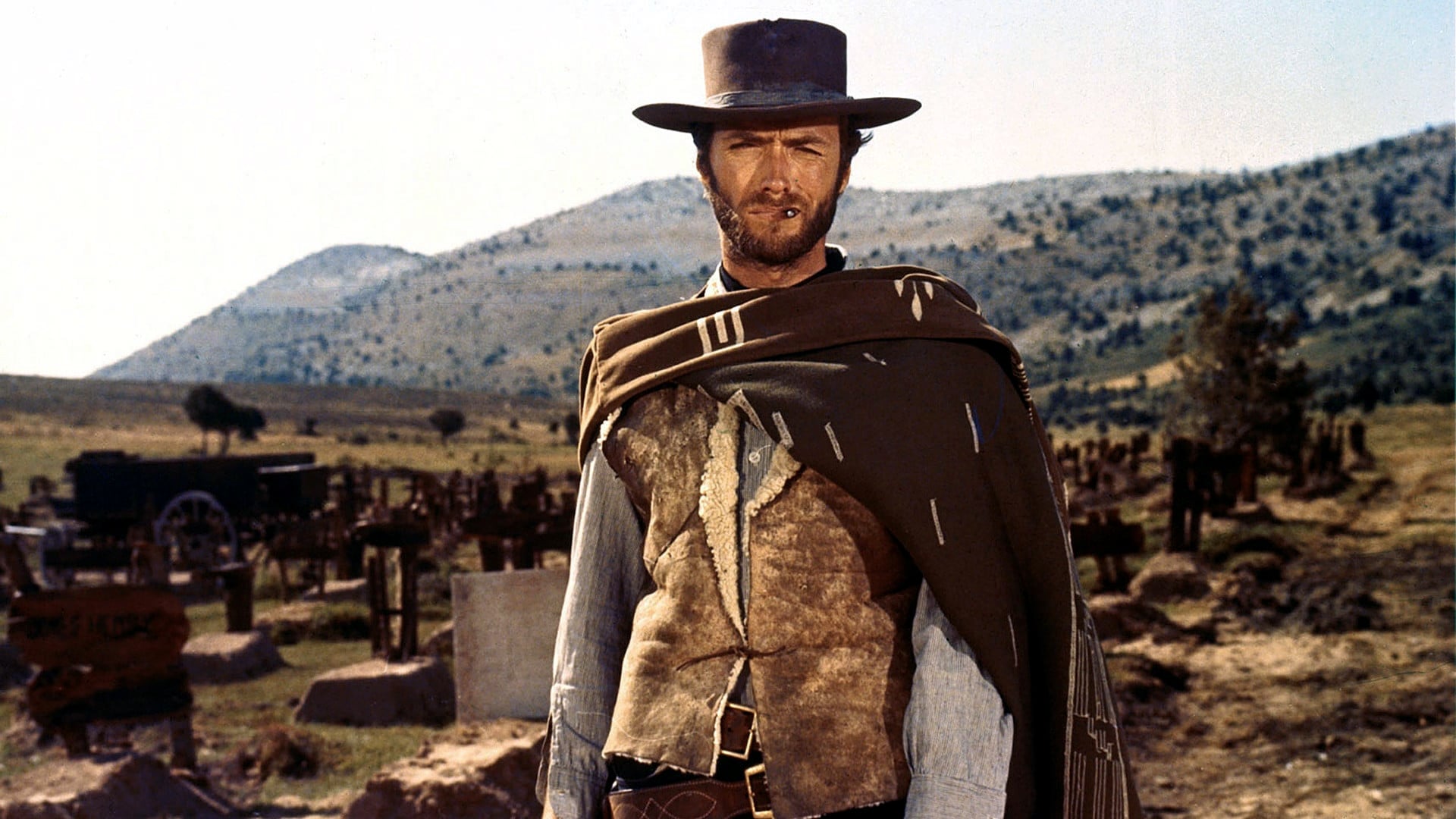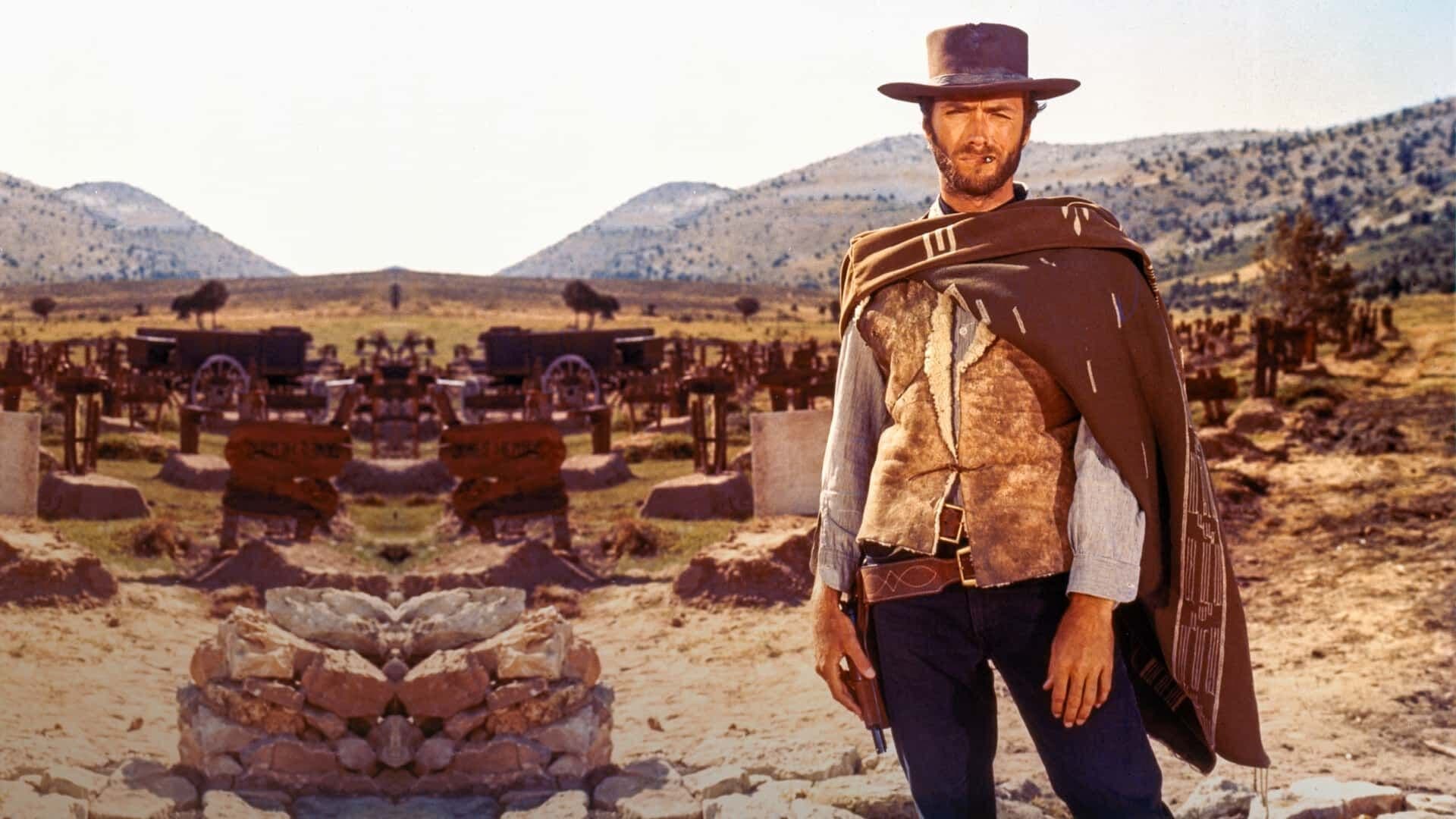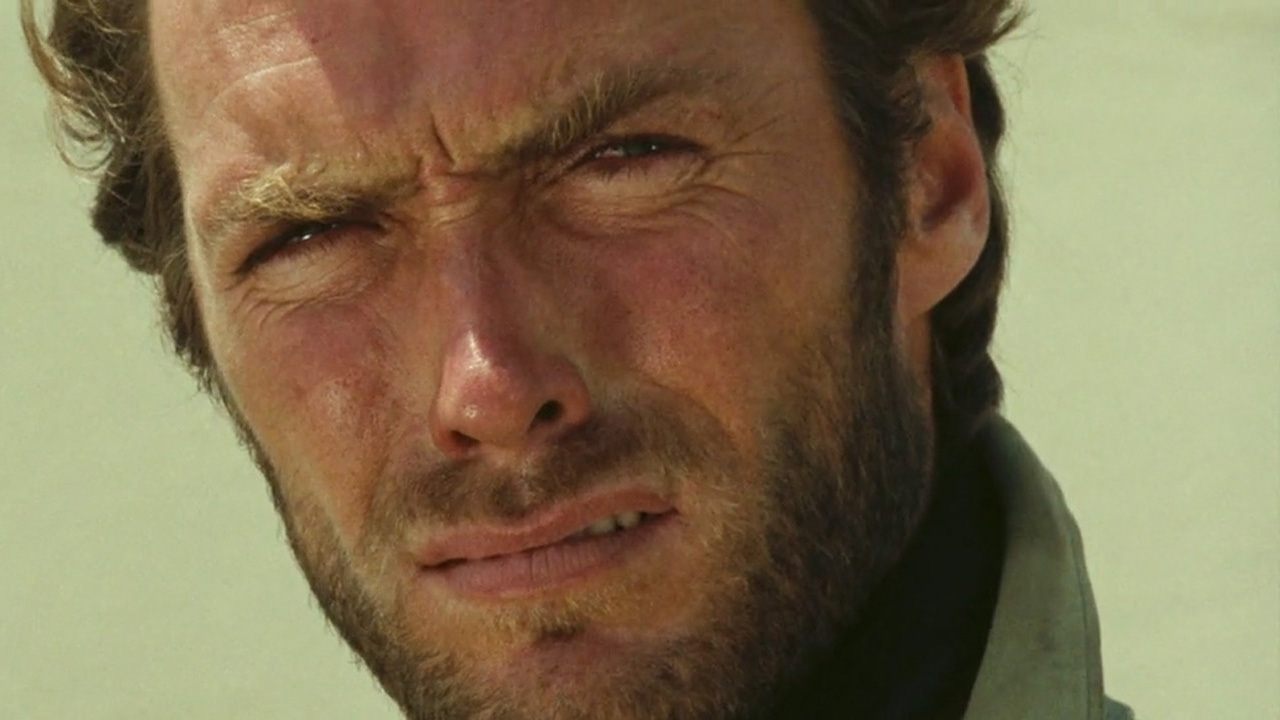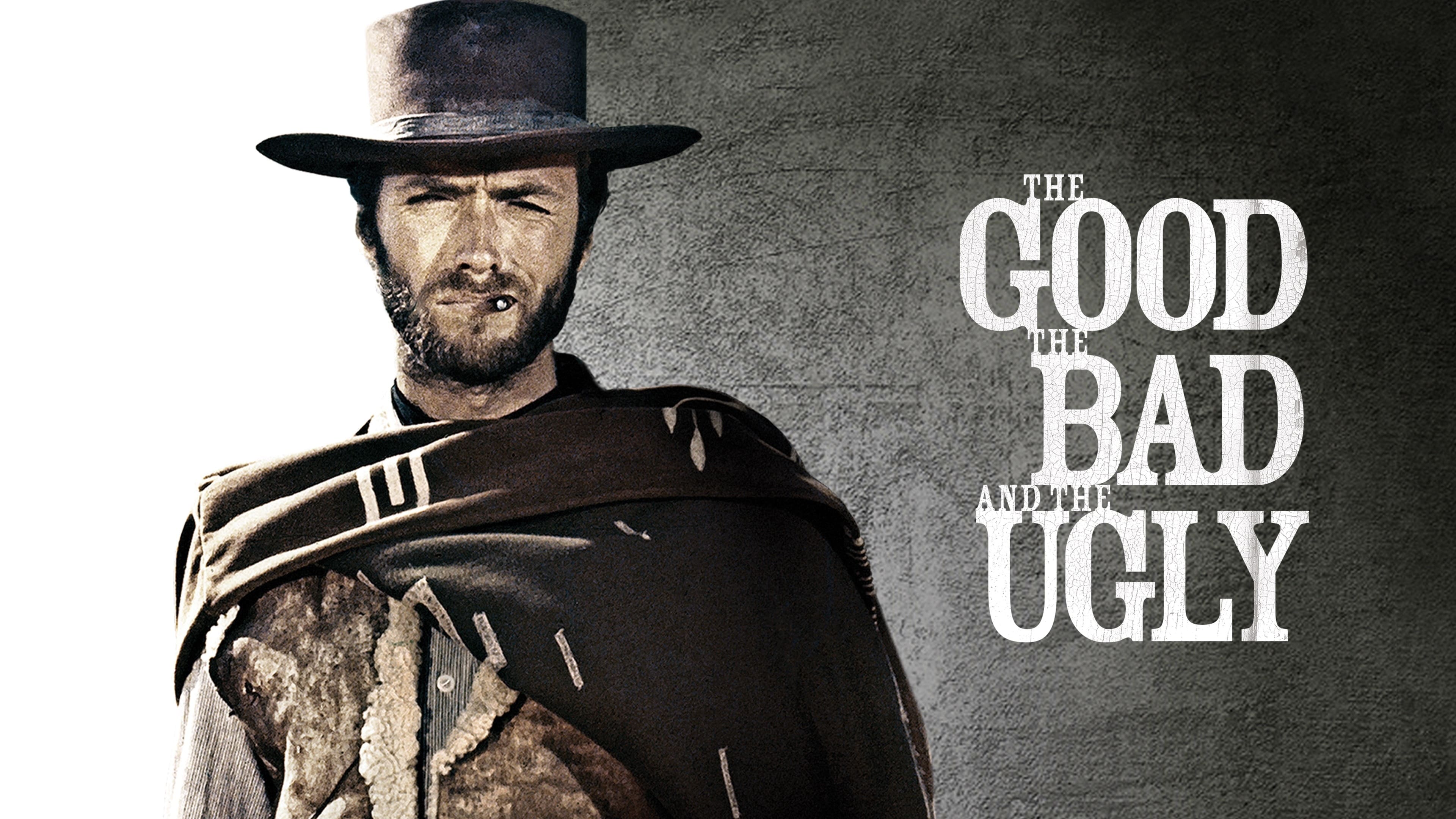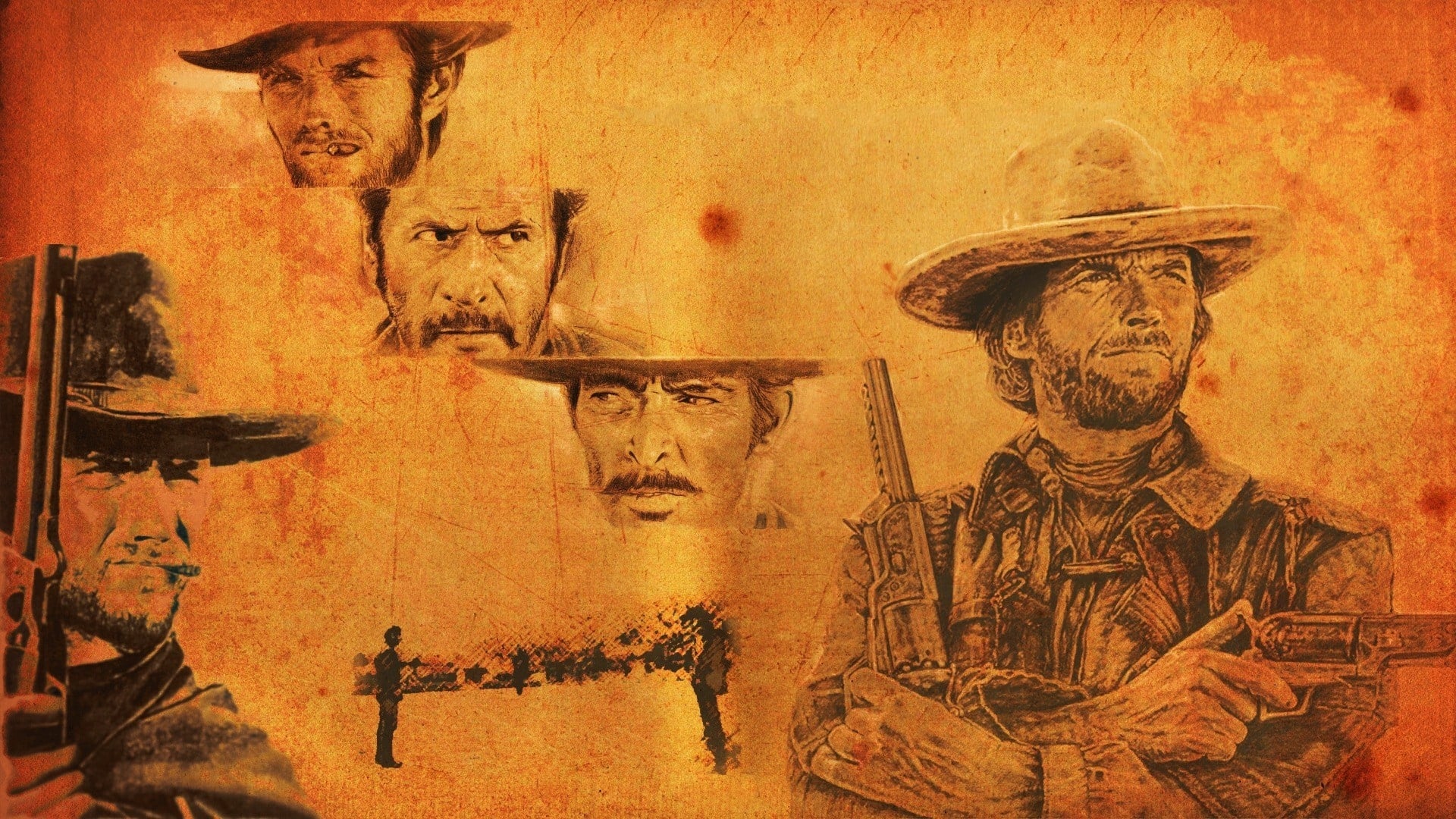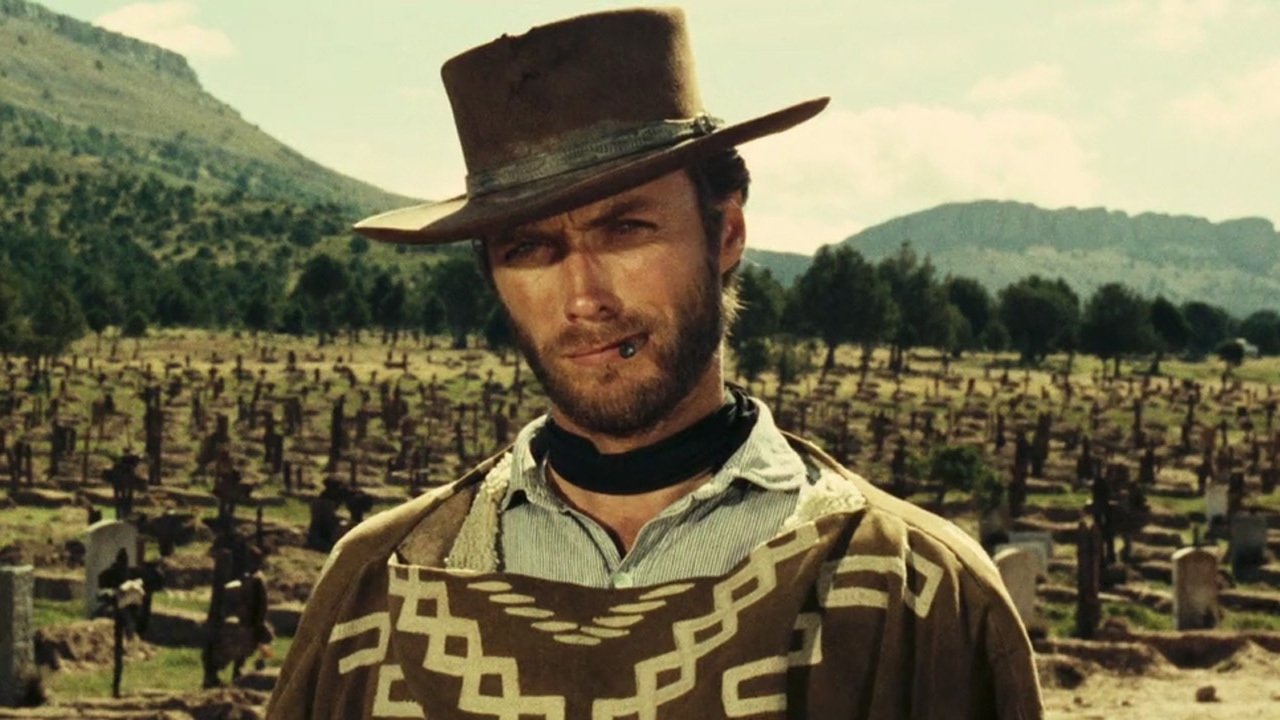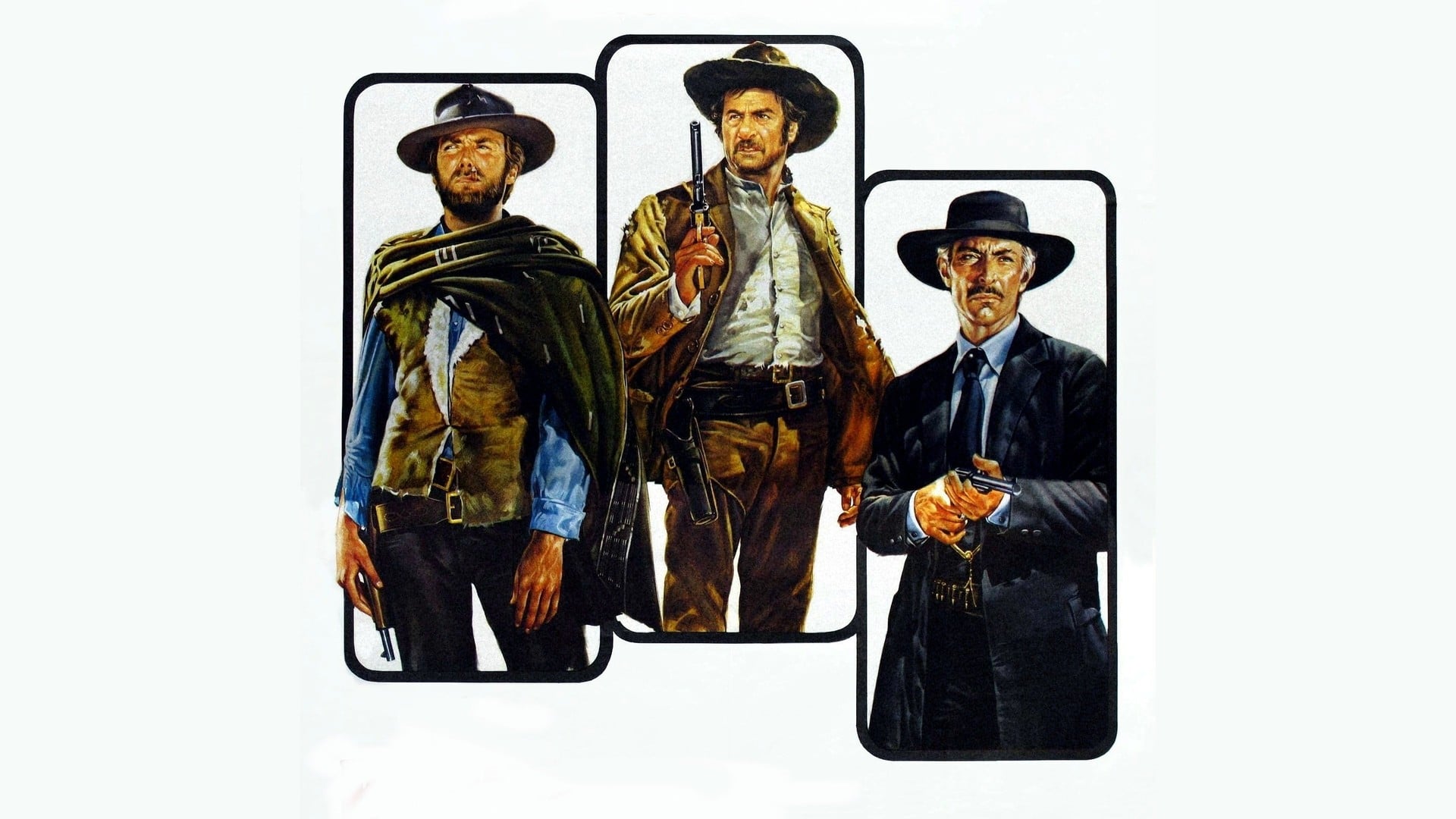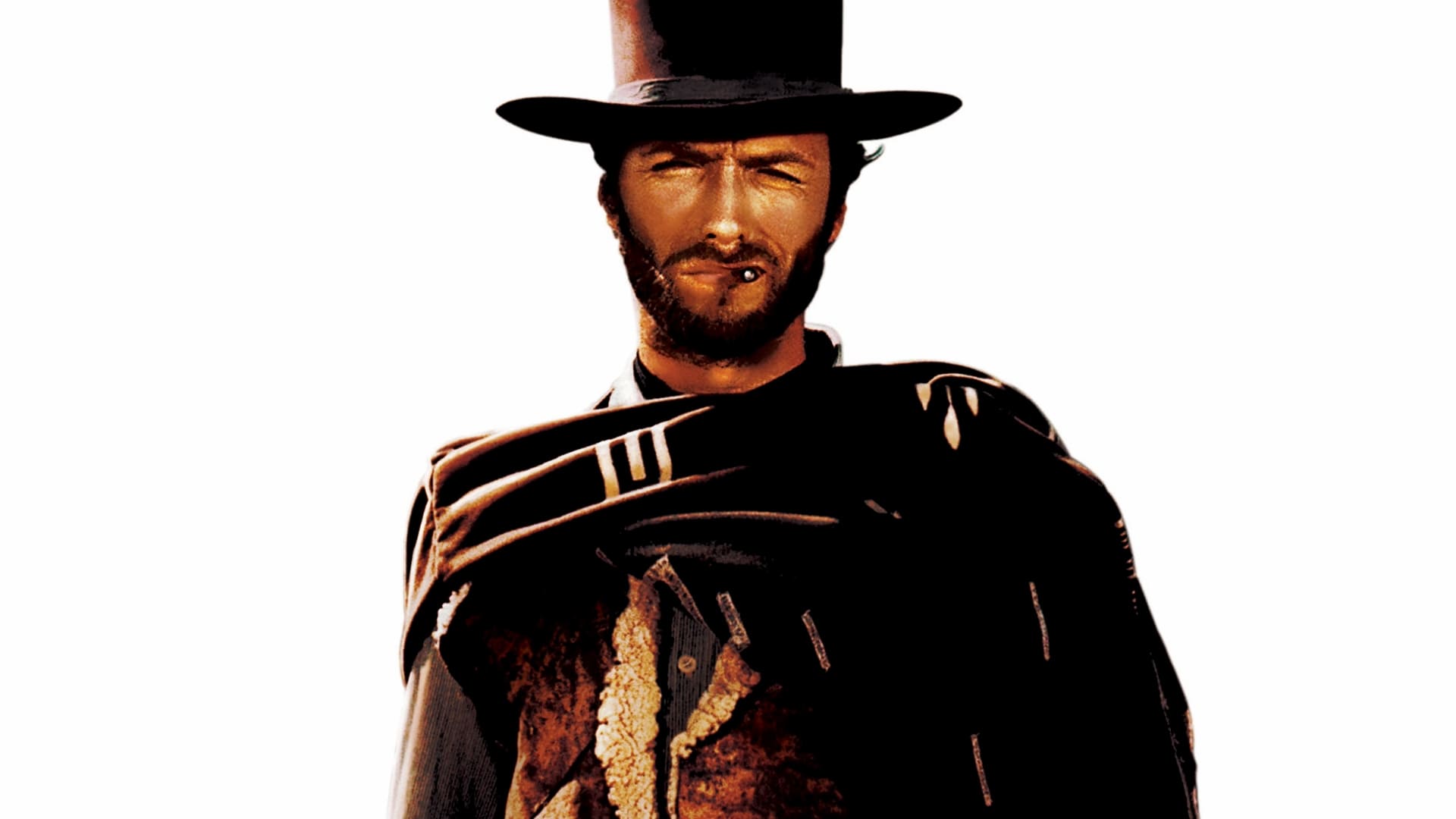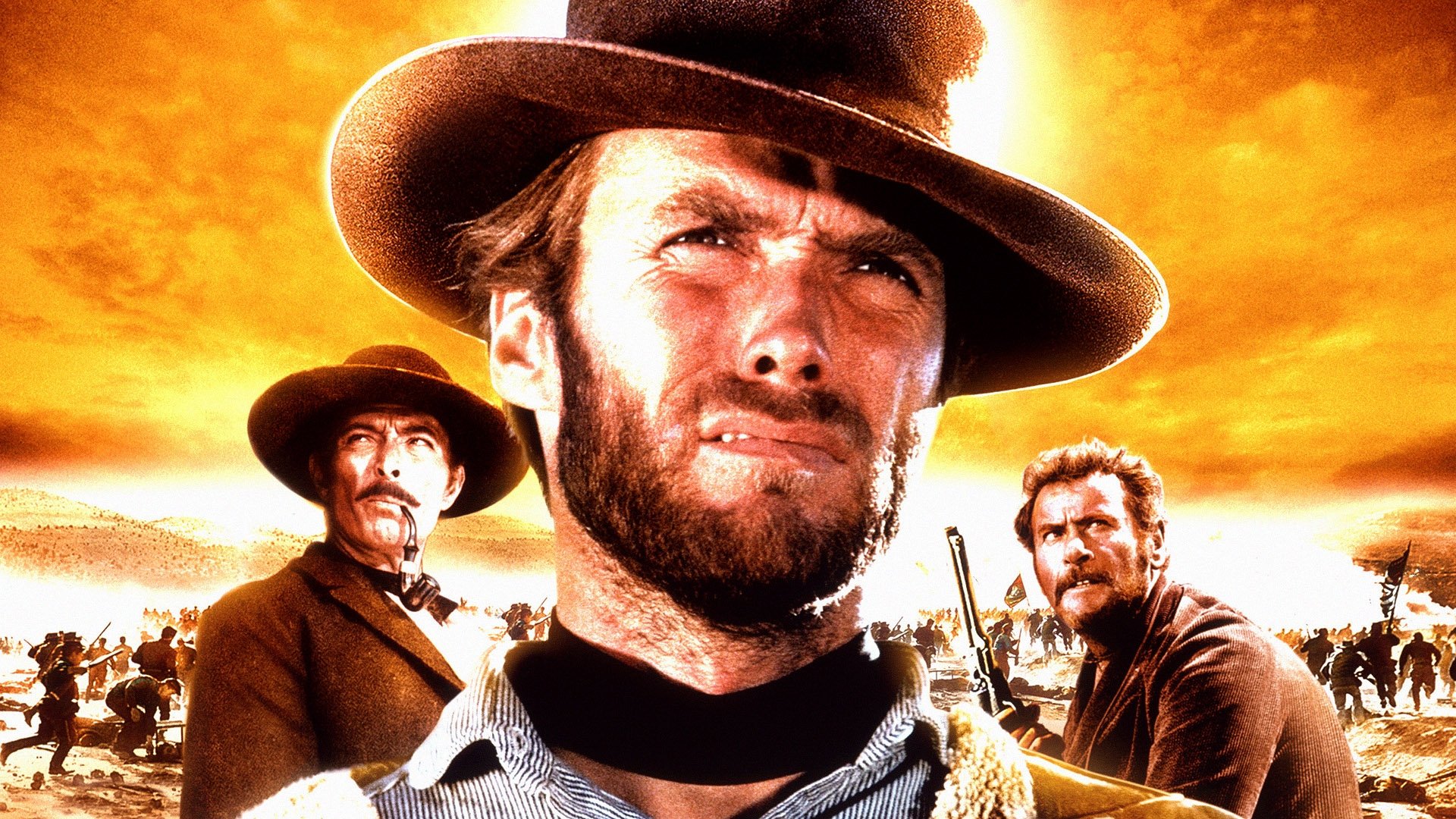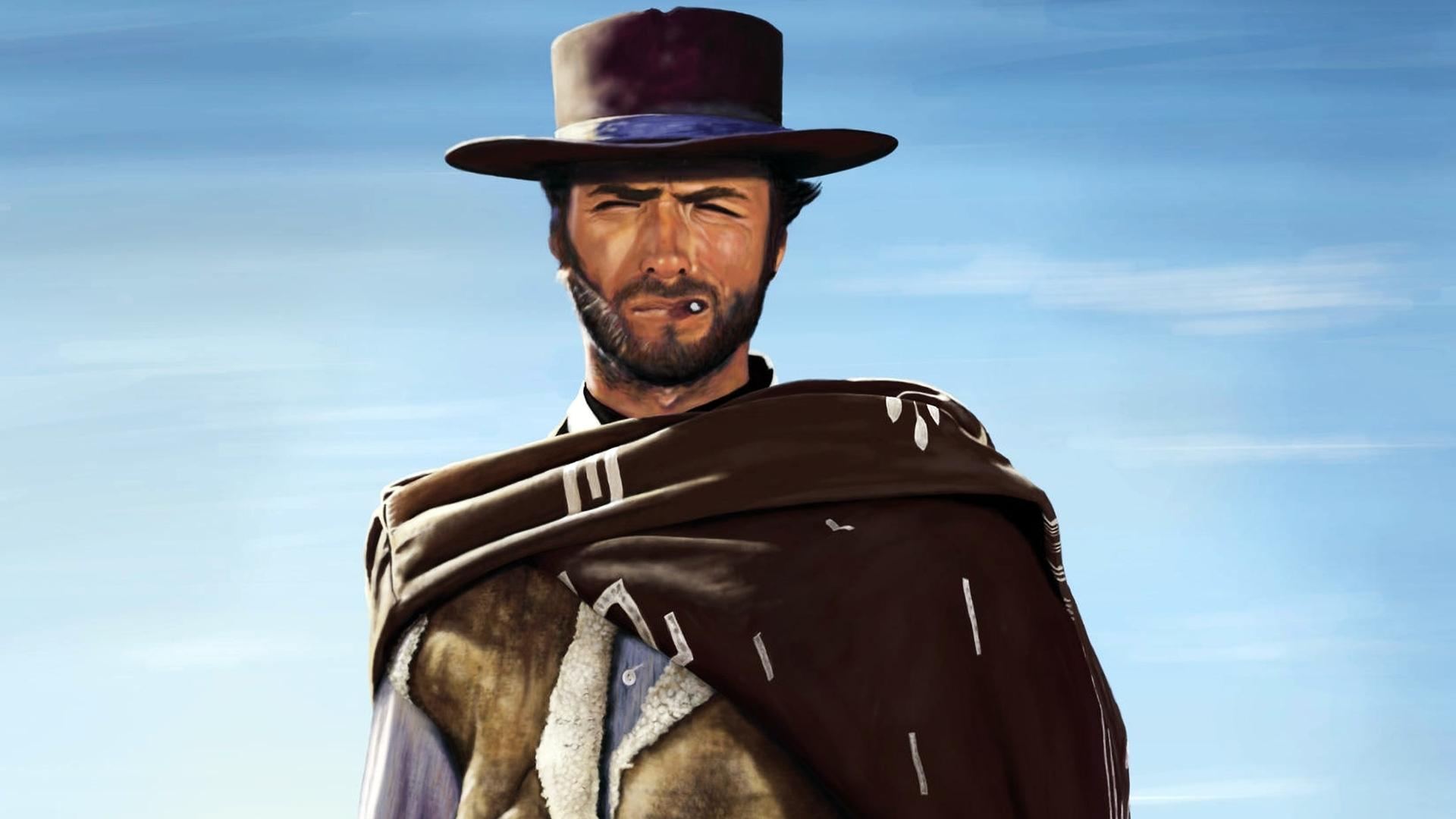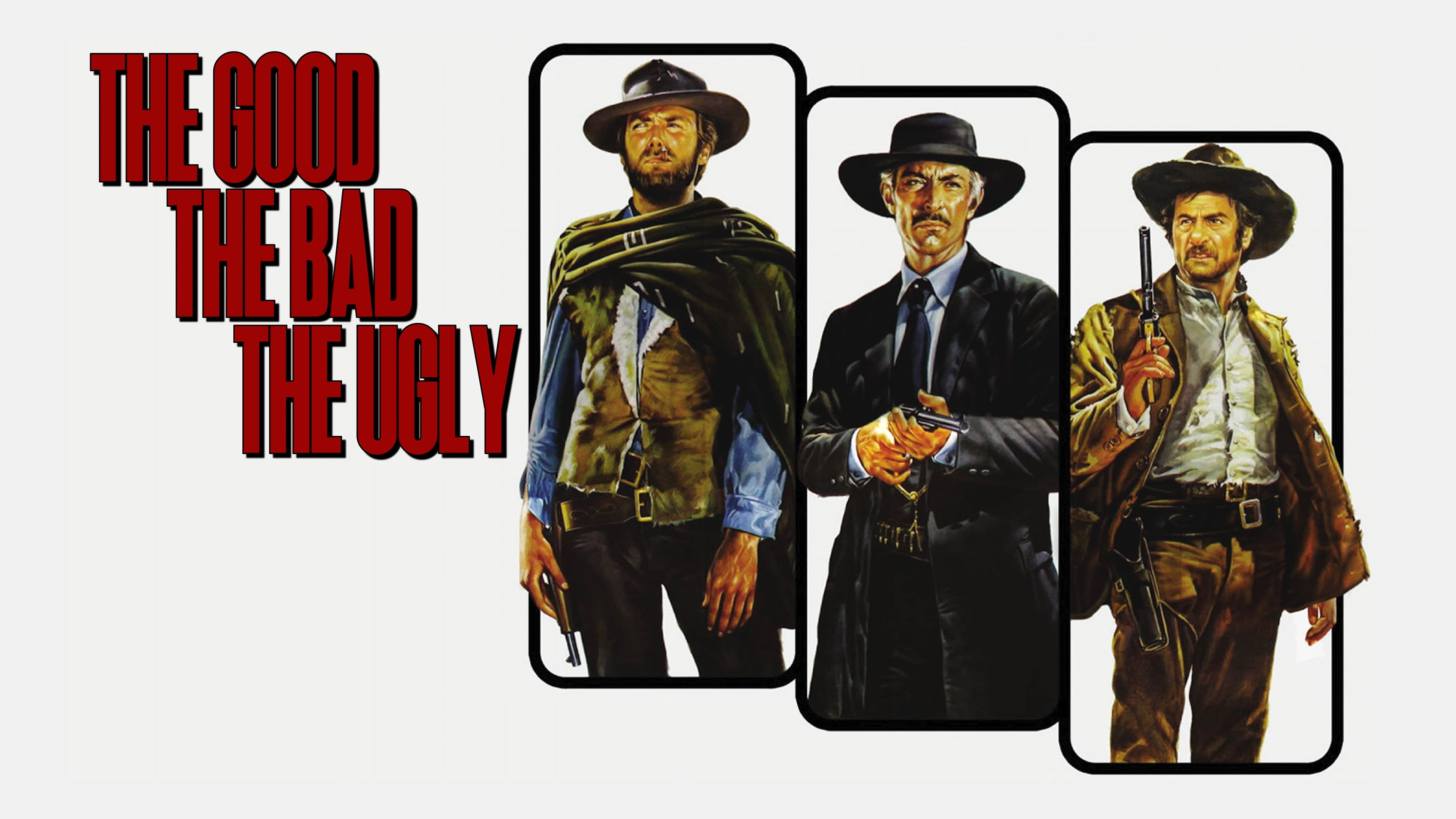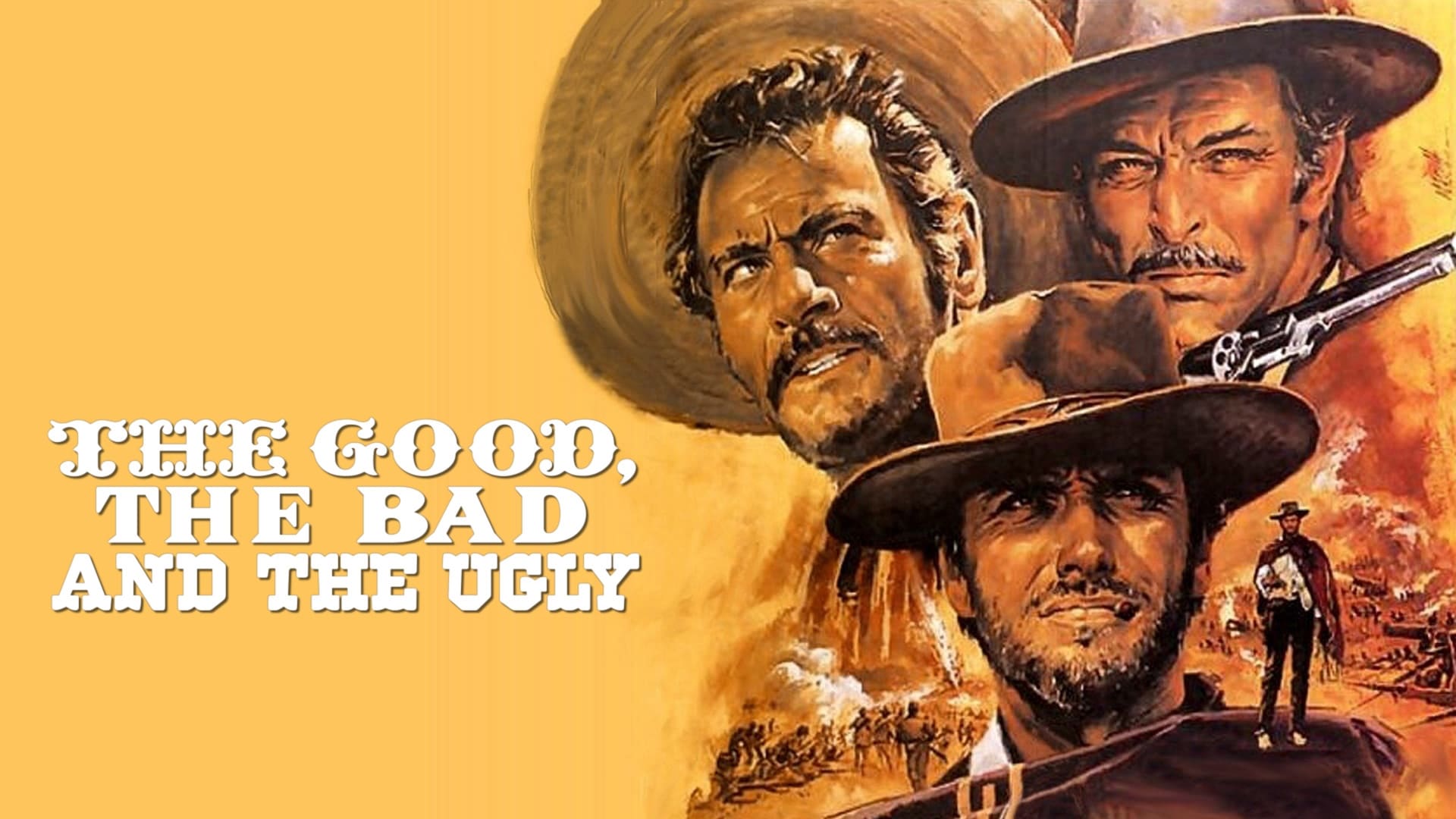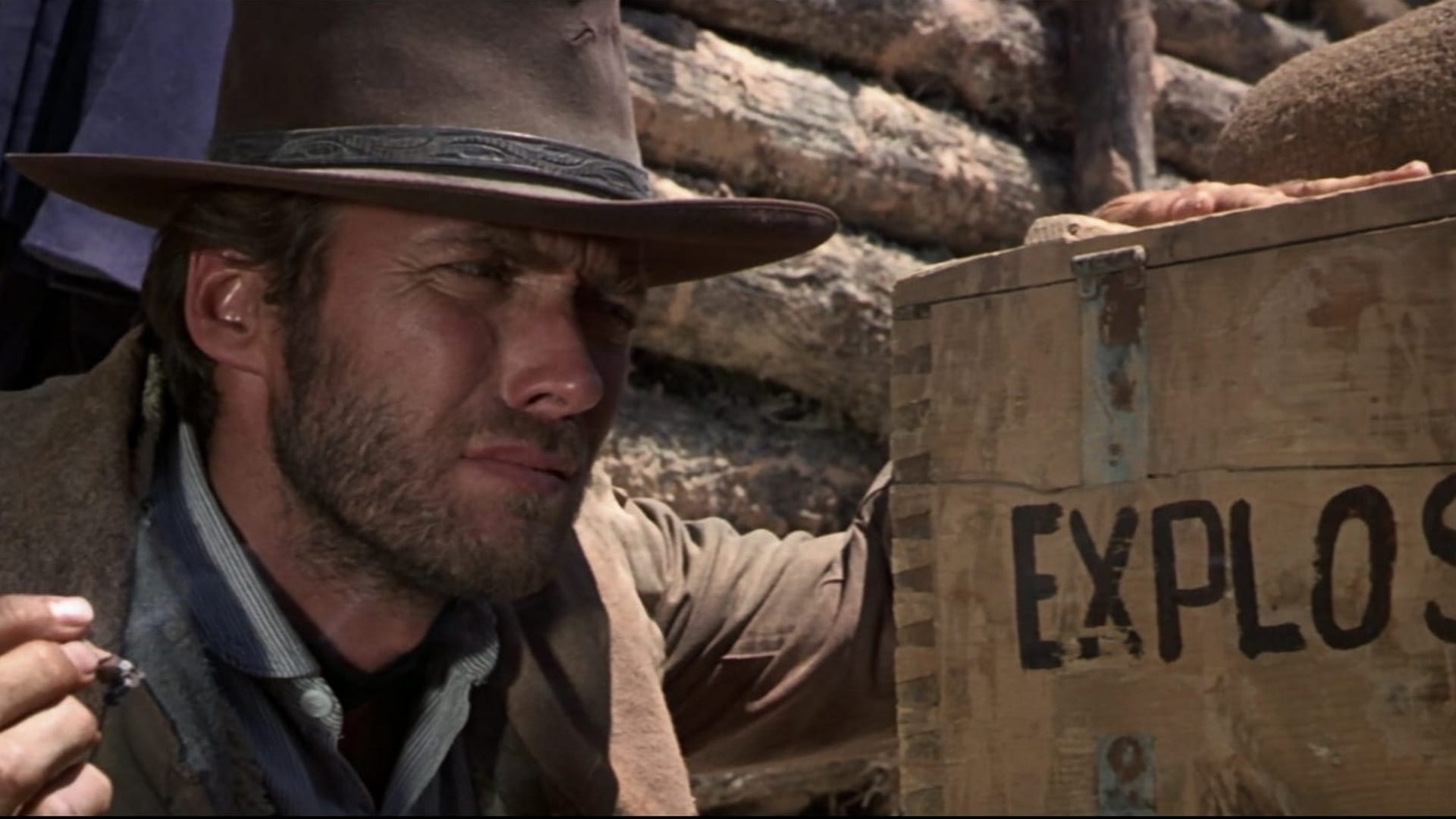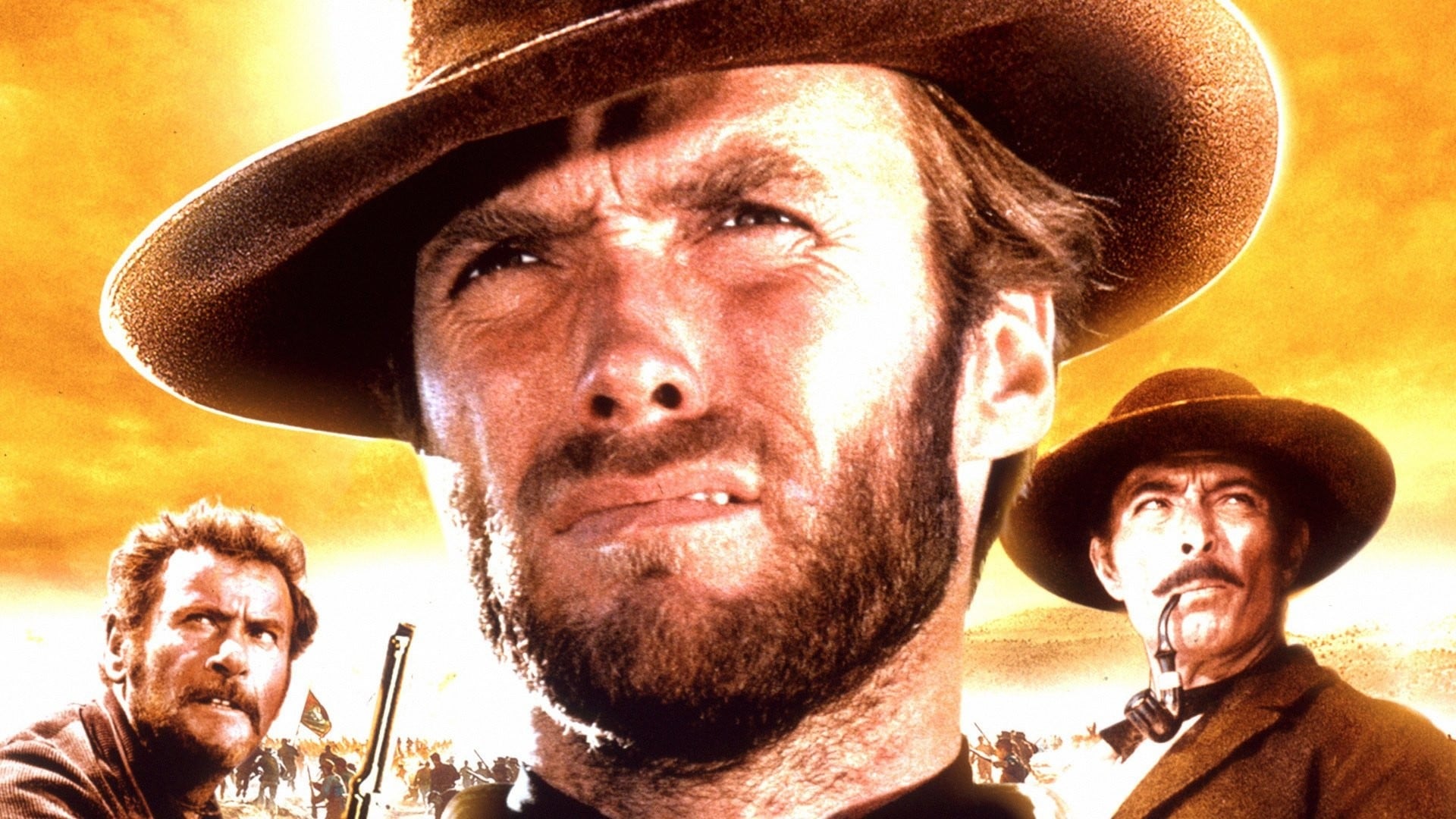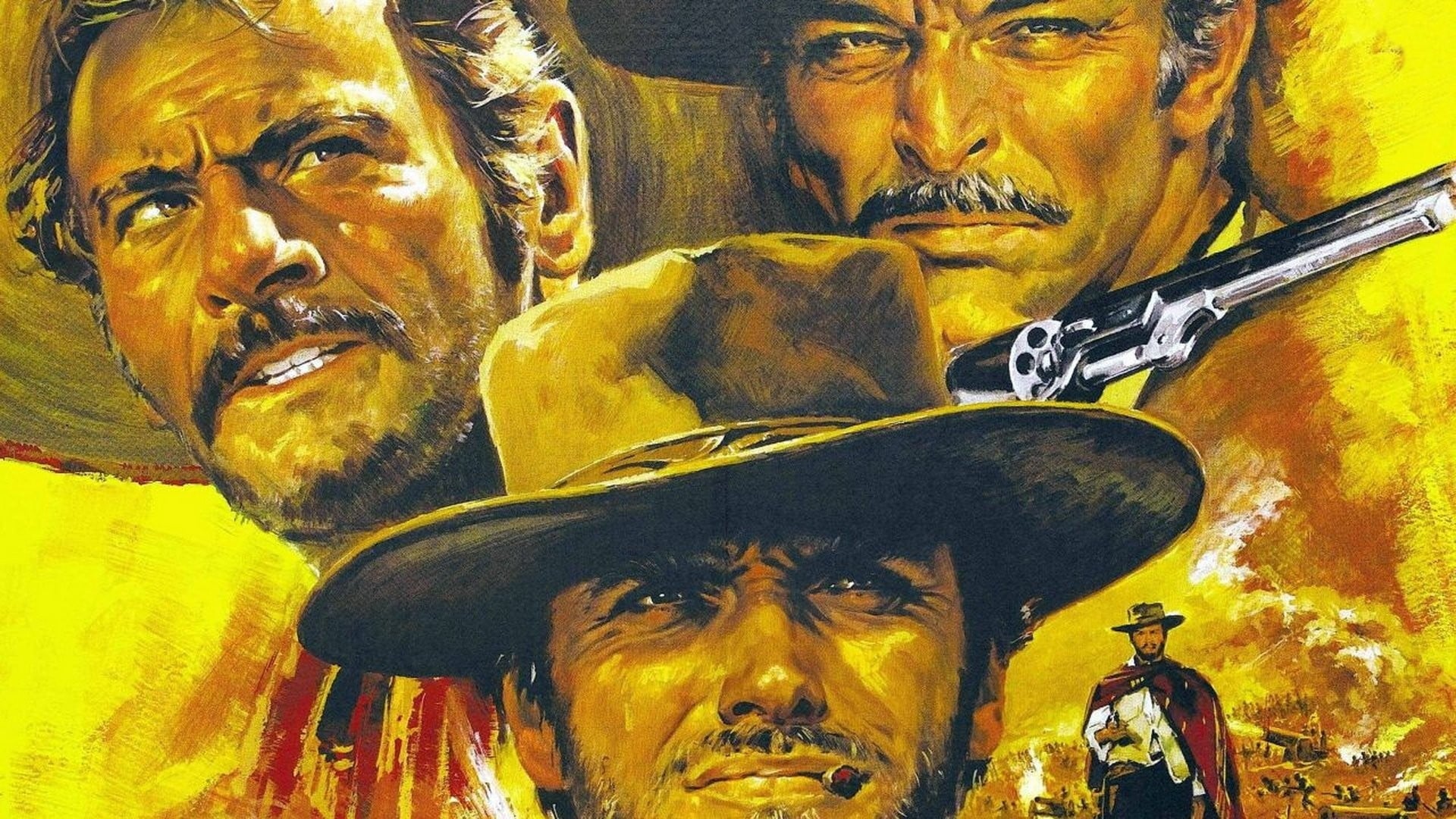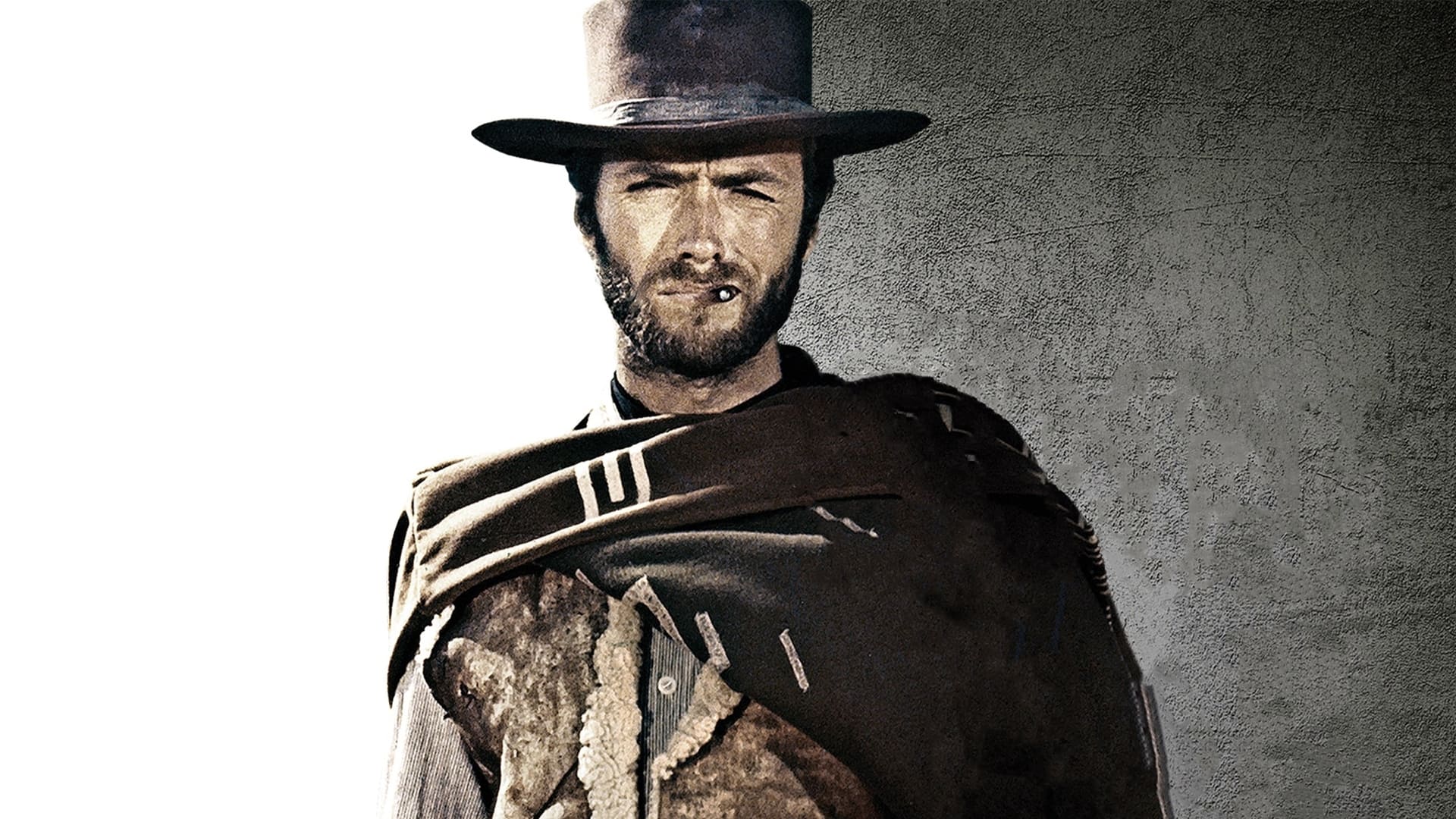The Good, the Bad and the Ugly
The film follows the intertwined paths of three central characters: Blondie (played by Clint Eastwood), a cunning and morally ambiguous gunslinger known as "The Good"; Angel Eyes (Lee Van Cleef), a ruthless and cold-blooded mercenary referred to as "The Bad"; and Tuco (Eli Wallach), a volatile and comically unpredictable bandit aptly nicknamed "The Ugly". Their quest to locate buried Confederate gold unfolds against the backdrop of a war-torn nation, with treachery, violence, and survival at the forefront.
One of the standout aspects of The Good, the Bad and the Ugly is its impeccable craftsmanship. Sergio Leone's visionary direction showcases his ability to craft scenes with meticulous attention to detail, utilizing wide shots, close-ups, and tight editing to create tension and build suspense. The film's pacing is deliberate, allowing for moments of quiet introspection and explosive action sequences that linger in the memory long after the credits roll.
The performances in the film are exceptional, with Clint Eastwood, Lee Van Cleef, and Eli Wallach delivering career-defining portrayals. Clint Eastwood embodies the stoic, yet charismatic, gunslinger with a nuanced performance that solidifies his status as an iconic Western hero. Lee Van Cleef brings a chilling presence to the screen, portraying his character with a calculated and menacing intensity. Eli Wallach's portrayal of Tuco is a true standout, injecting the film with a combination of humor, vulnerability, and unpredictability.
Ennio Morricone's iconic score is a character in itself, accentuating the film's emotional beats and intensifying the action sequences. The haunting melodies and evocative soundscapes perfectly capture the essence of the characters and the harsh landscapes they navigate, elevating the film to new heights.
The cinematography in The Good, the Bad and the Ugly is breathtaking. The vast and desolate landscapes of the American West are captured with stunning visuals, immersing the audience in the harsh beauty of the frontier. Leone's use of long shots and extreme close-ups adds depth and intimacy to the storytelling, allowing us to experience the characters' emotions and motivations on a visceral level.
Beyond its technical brilliance, The Good, the Bad and the Ugly explores timeless themes such as greed, loyalty, and the futility of war. It offers a stark commentary on the human condition and the lengths individuals will go to in pursuit of wealth and survival. Leone's screenplay, co-written with Sergio Donati, skillfully balances moments of introspection with explosive action, culminating in a finale that is both cathartic and thought-provoking.
In conclusion, The Good, the Bad and the Ugly is a monumental achievement in cinema. With its impeccable craftsmanship, unforgettable performances, and a mesmerizing score, it continues to captivate audiences decades after its initial release. Whether you are a fan of Westerns or simply appreciate masterful filmmaking, this epic tale of greed, survival, and the pursuit of fortune is an absolute must-watch that has rightfully earned its place in the pantheon of cinematic greatness.
Retreiving from wikipedia...
